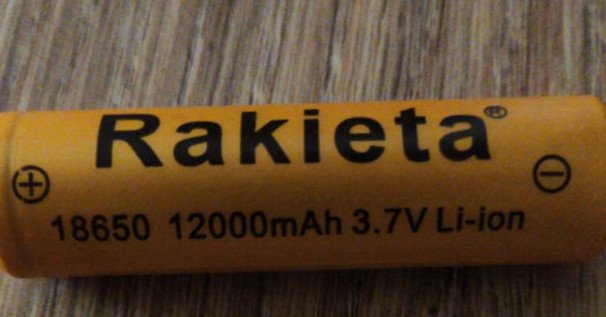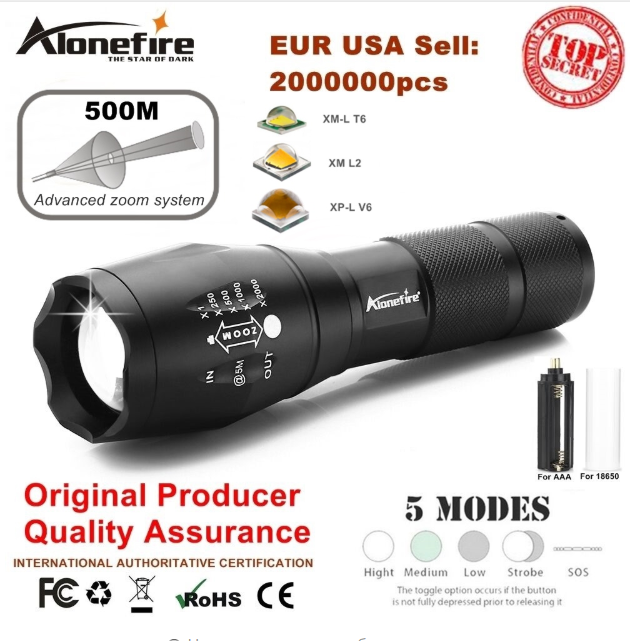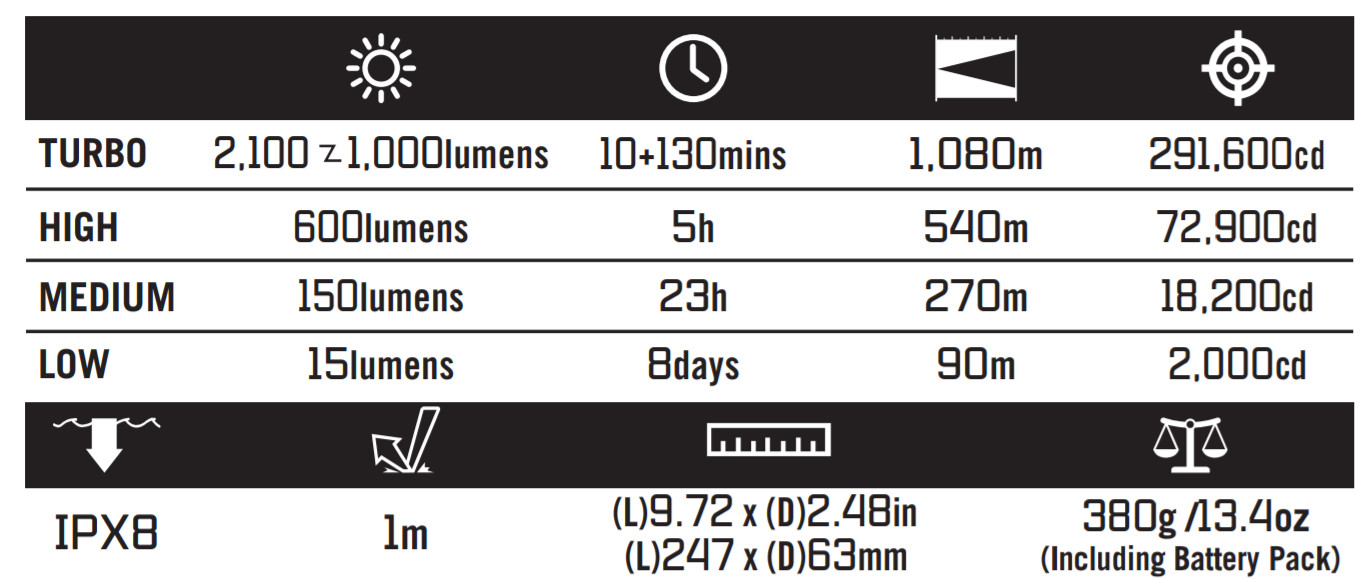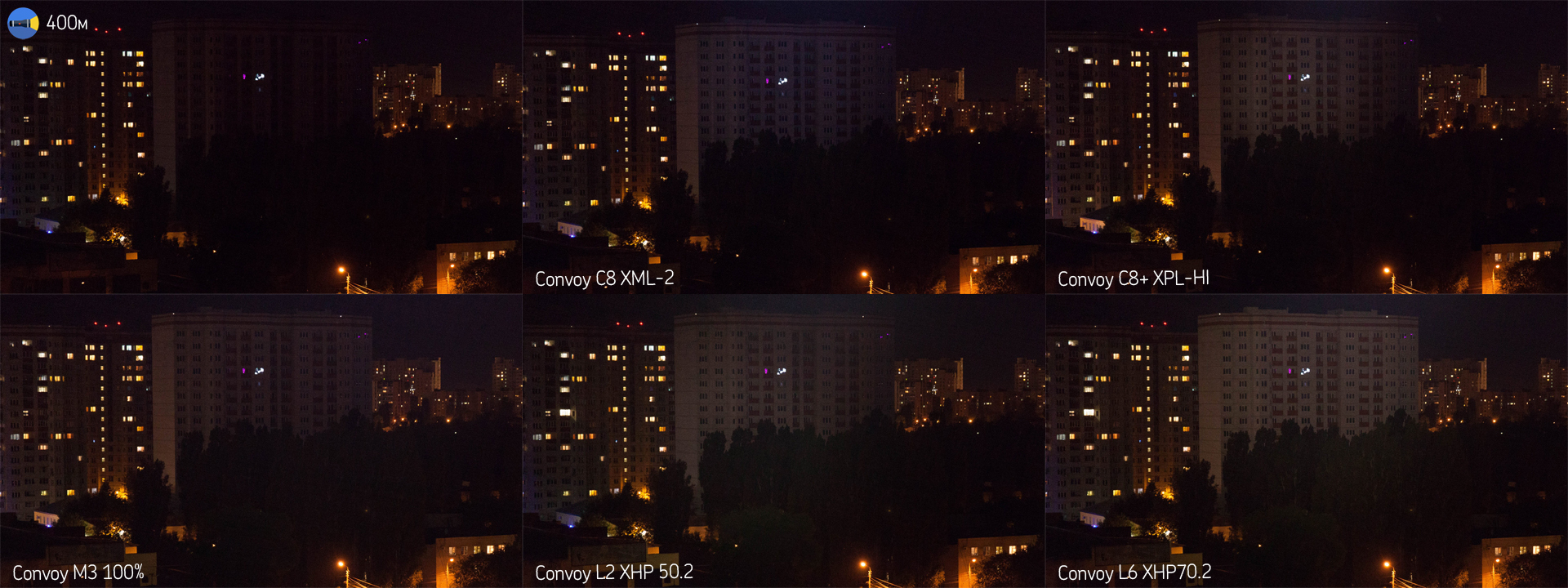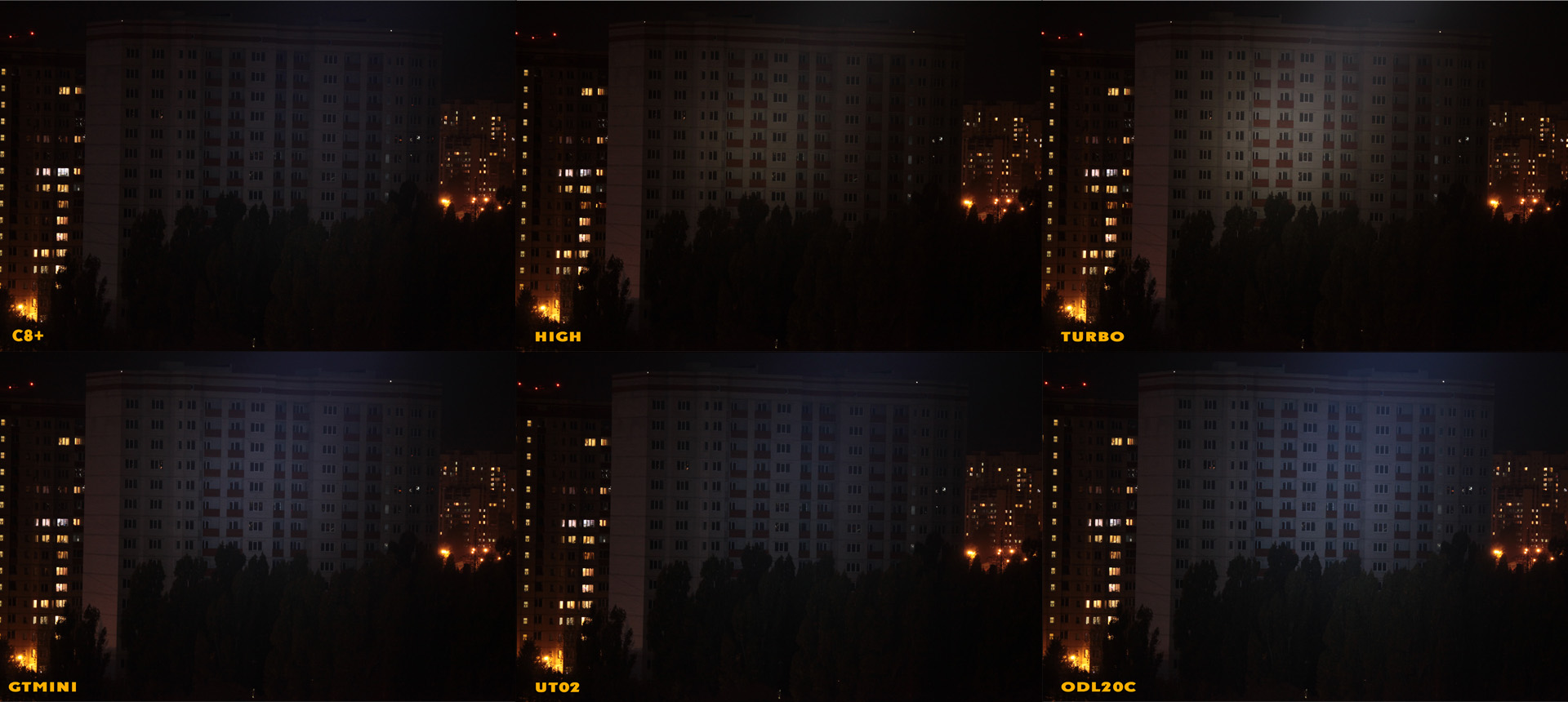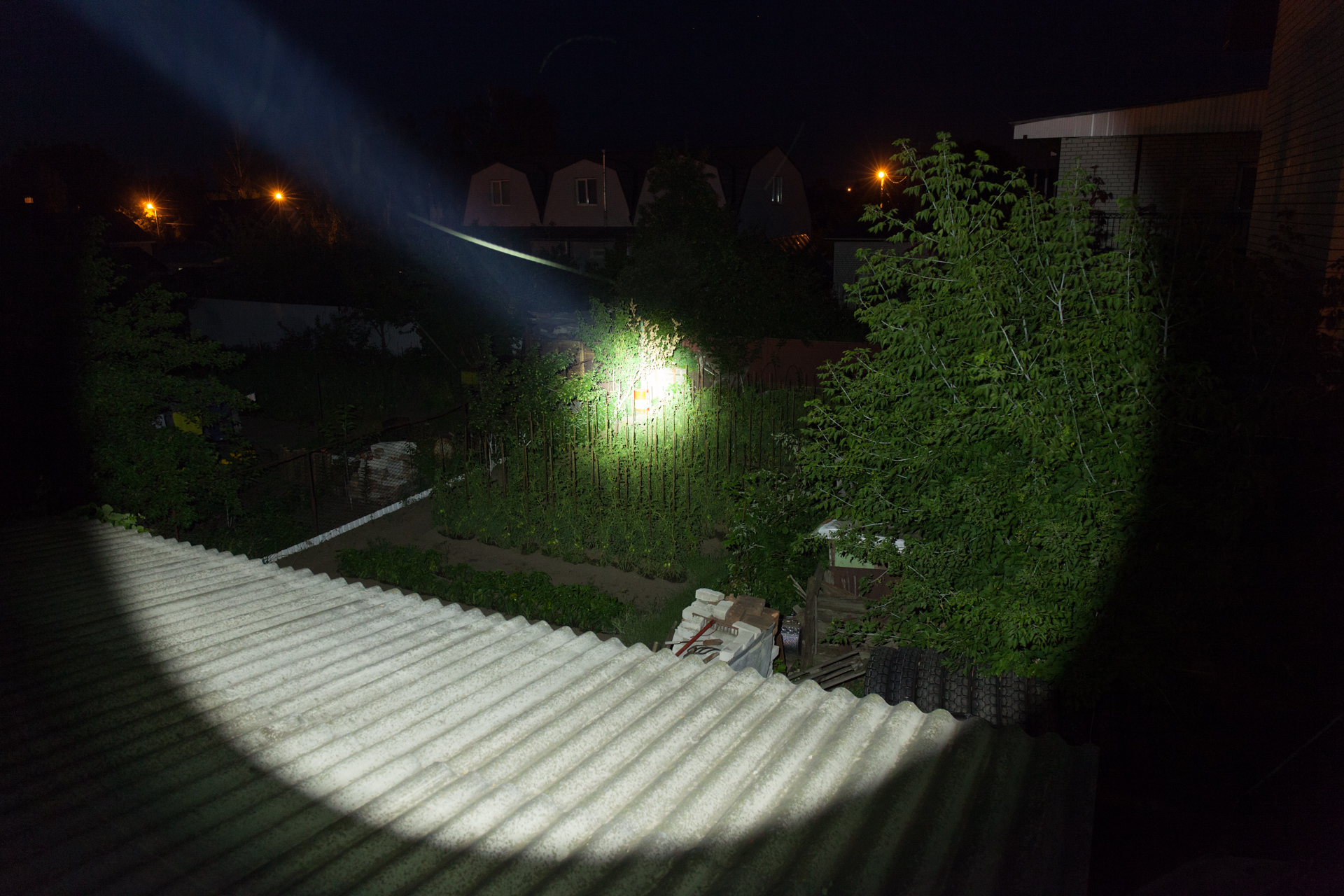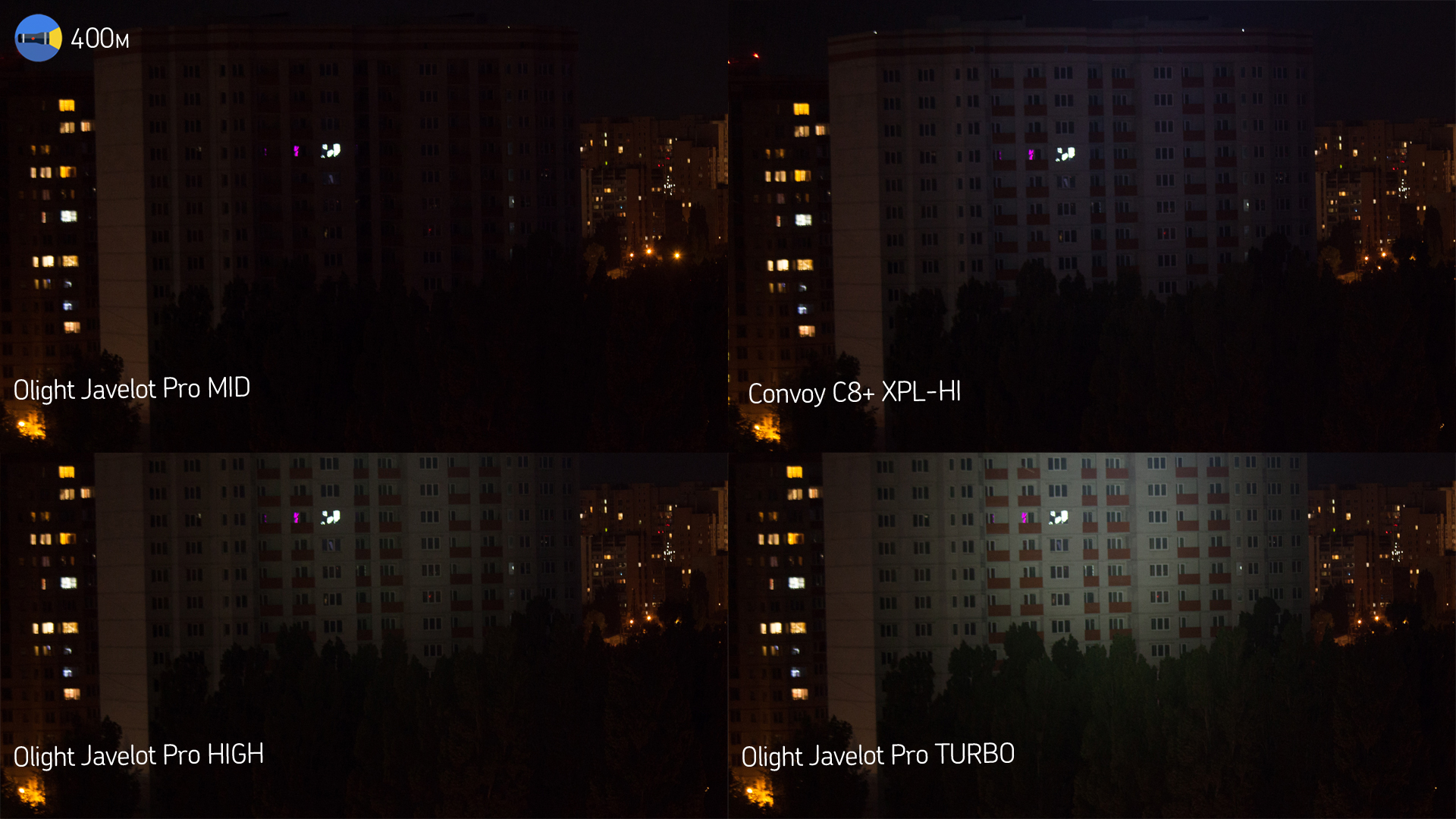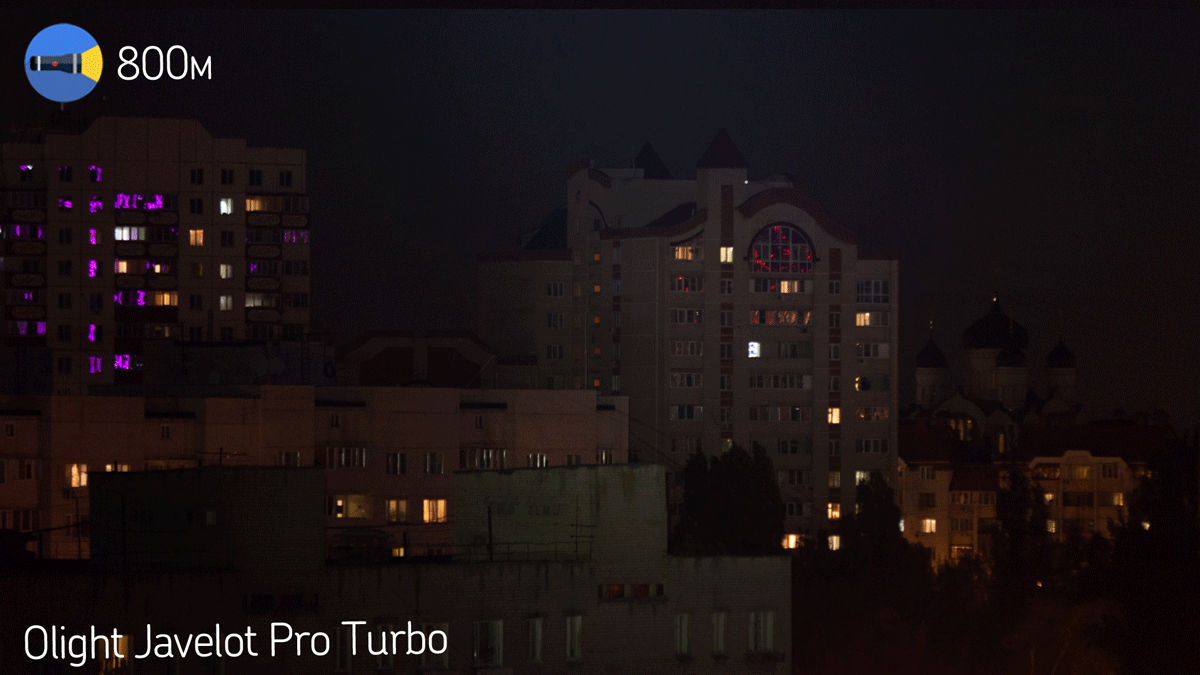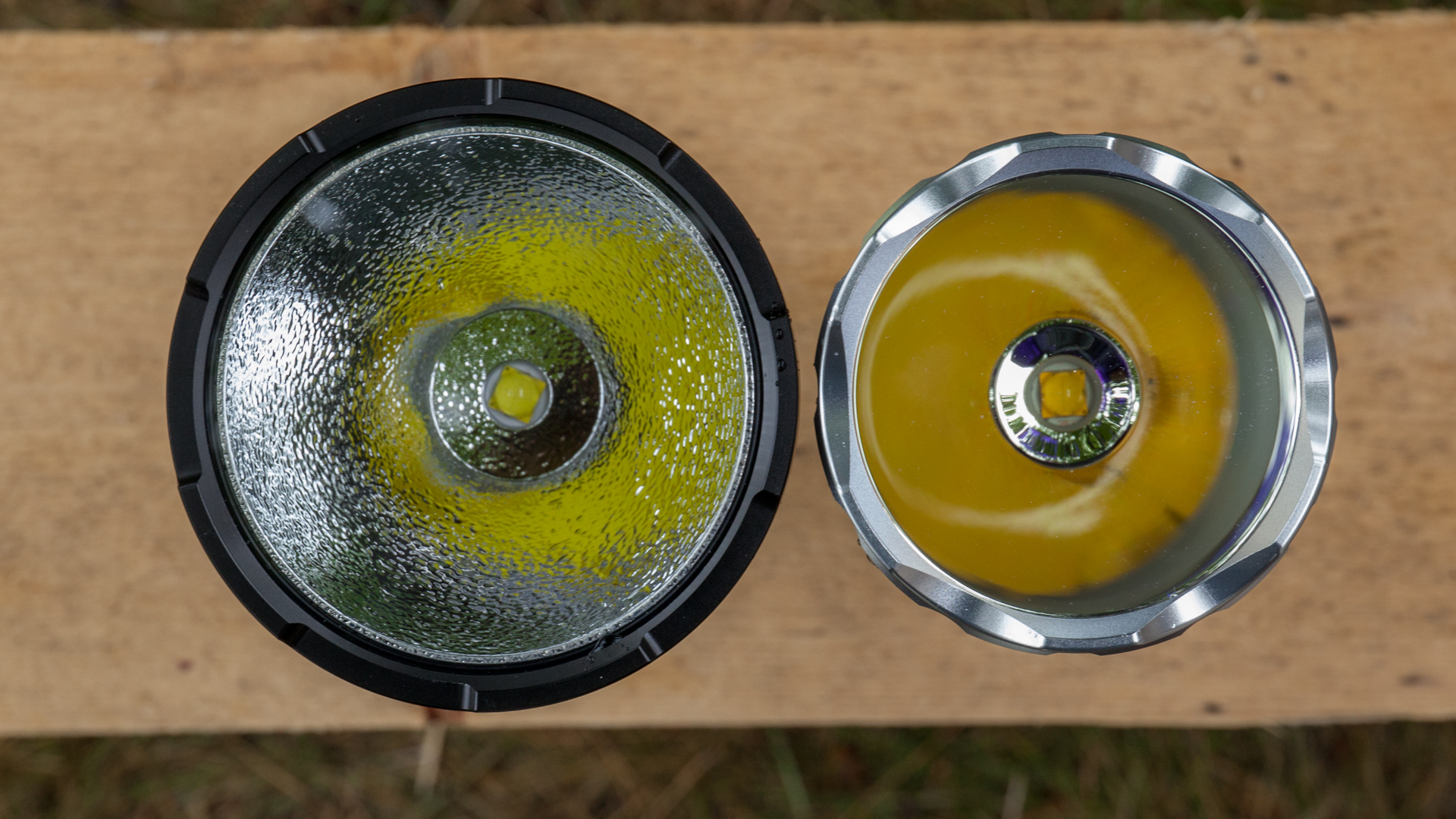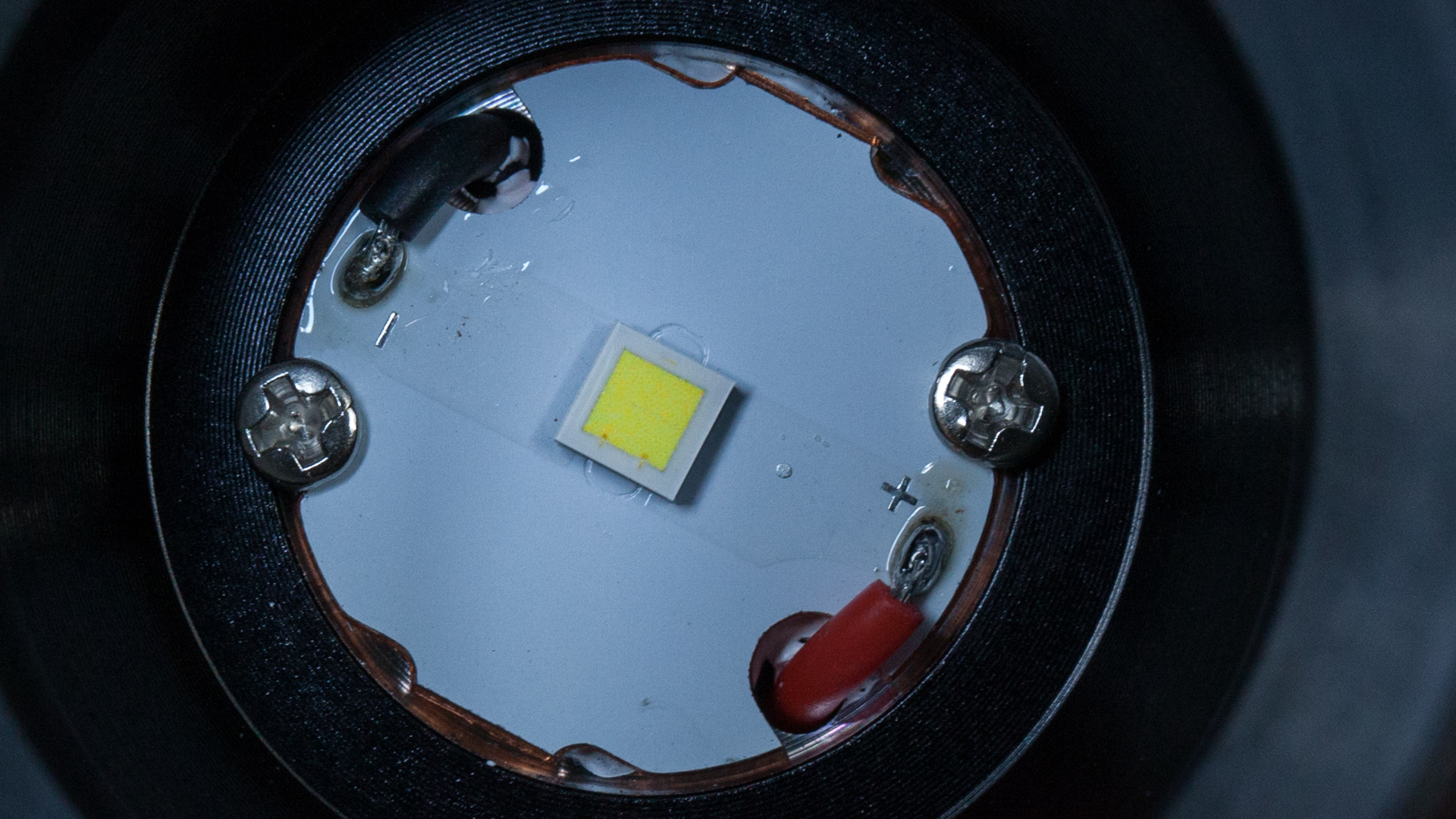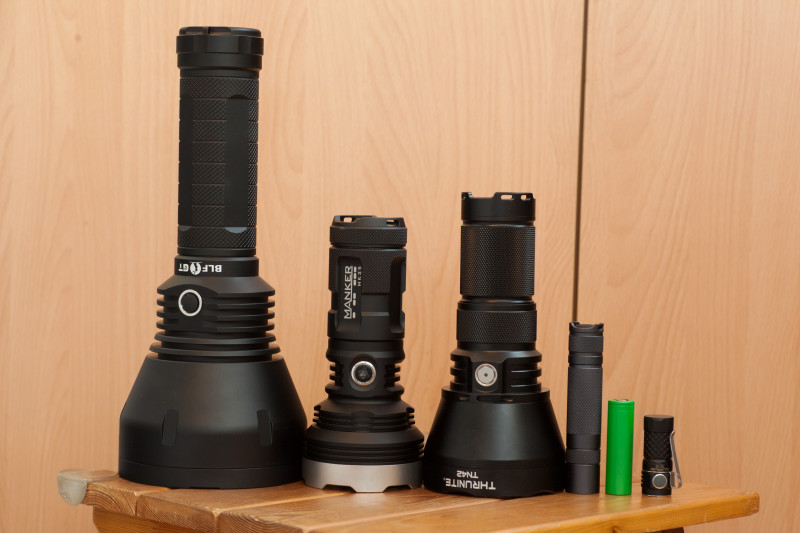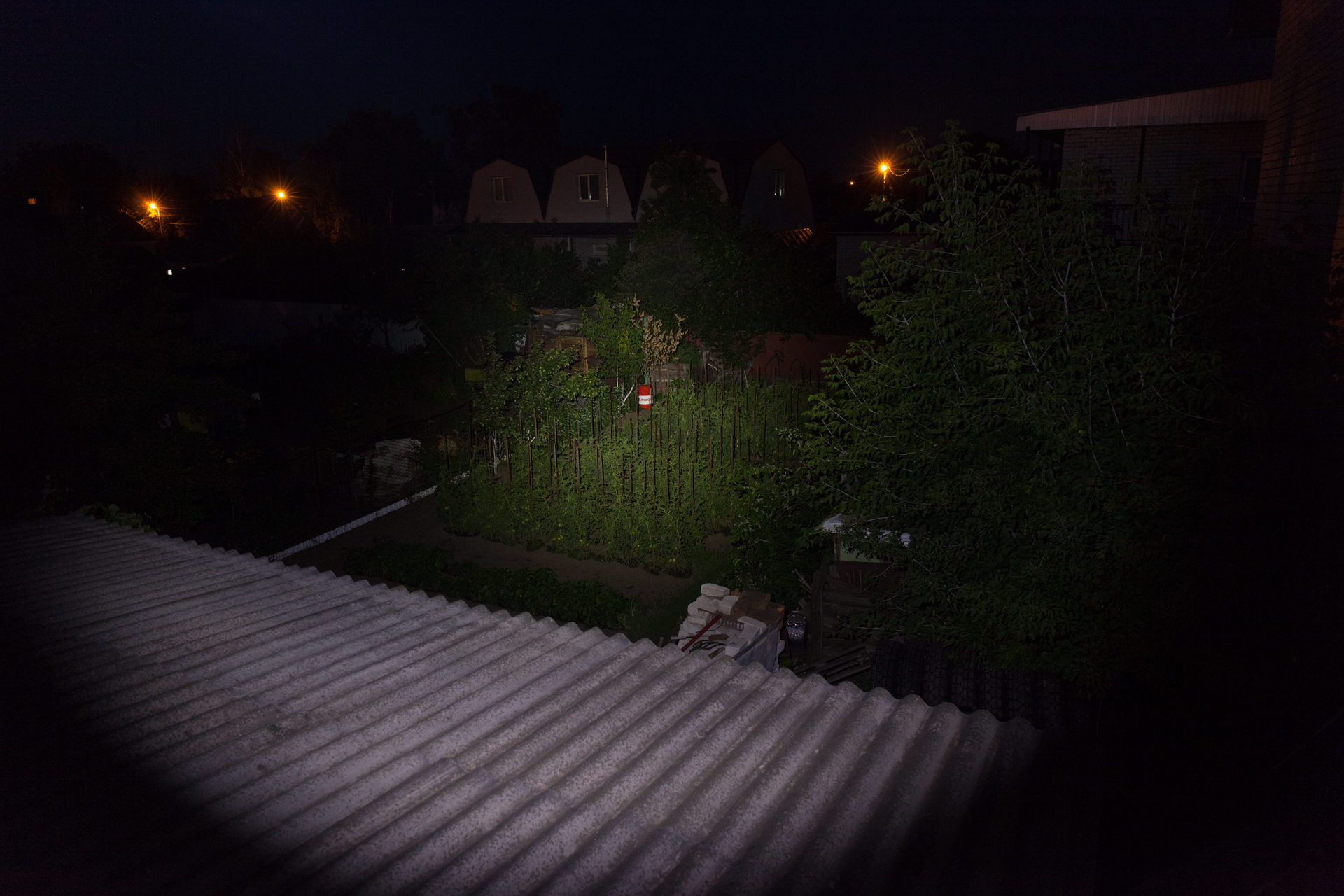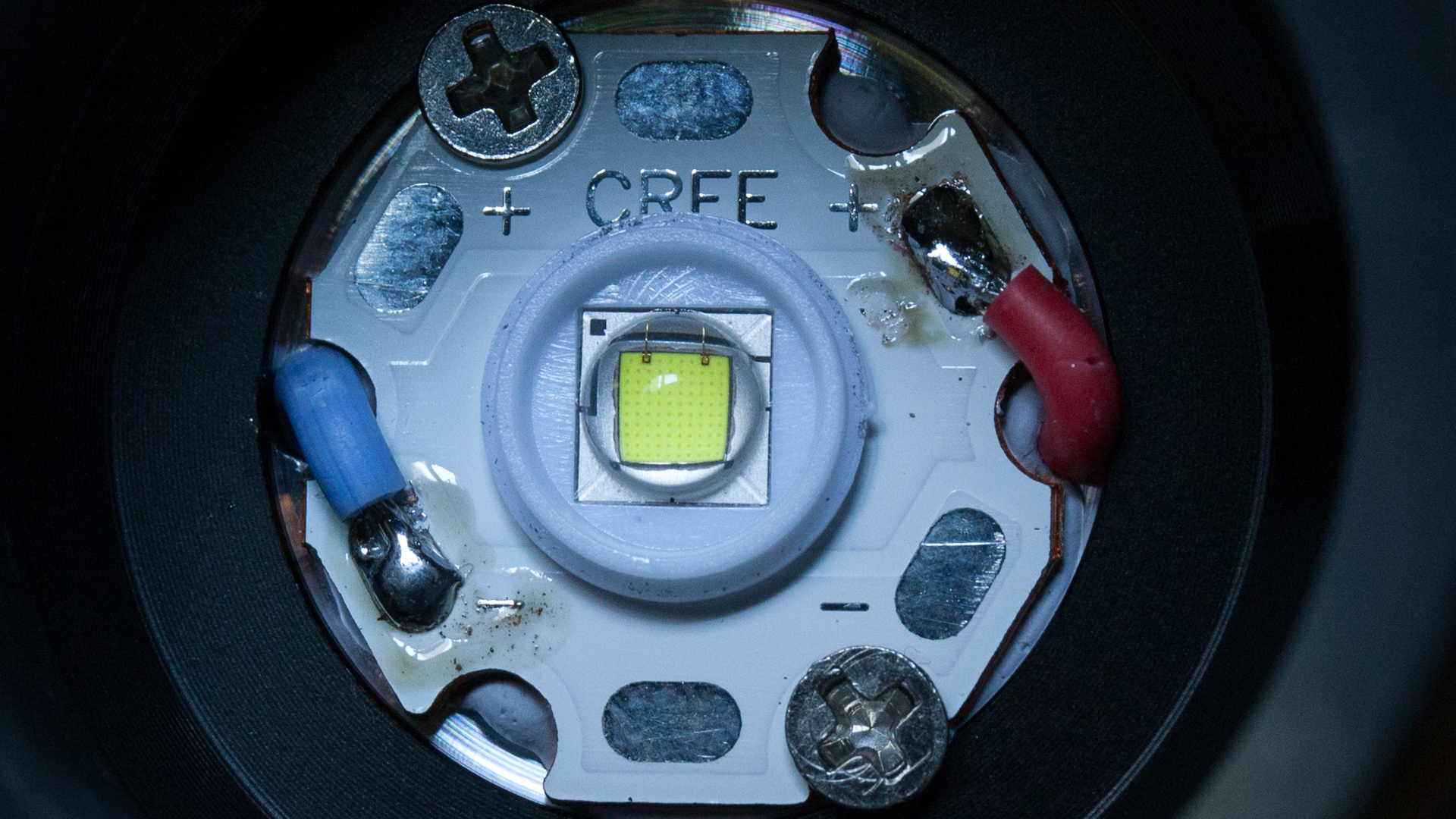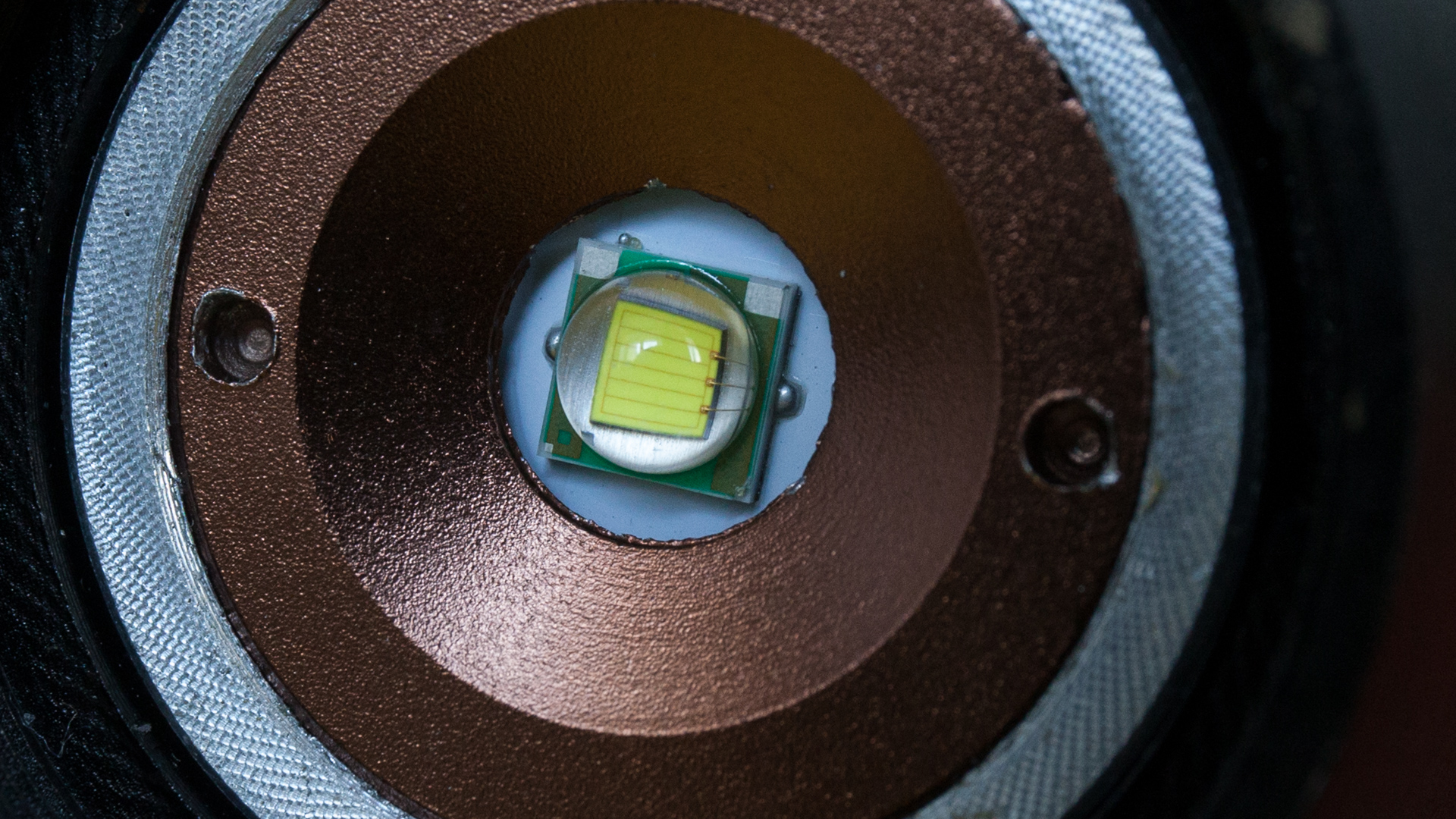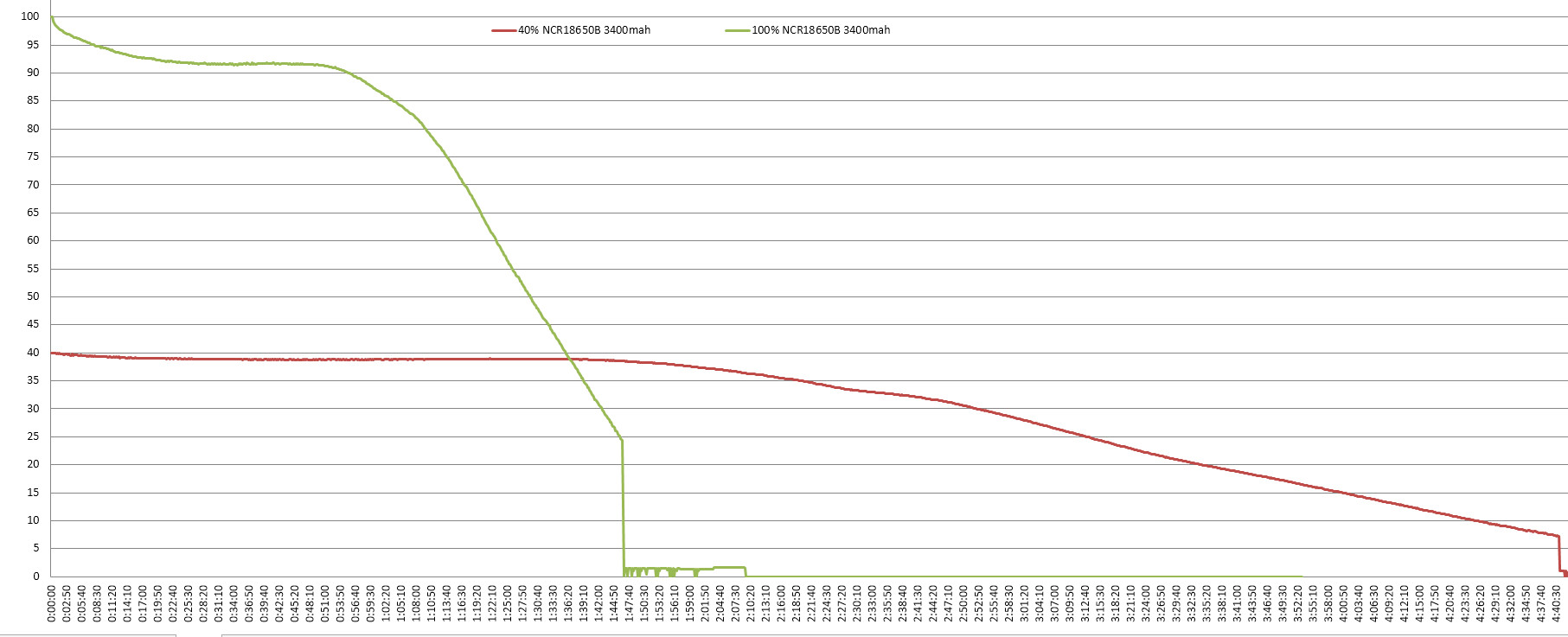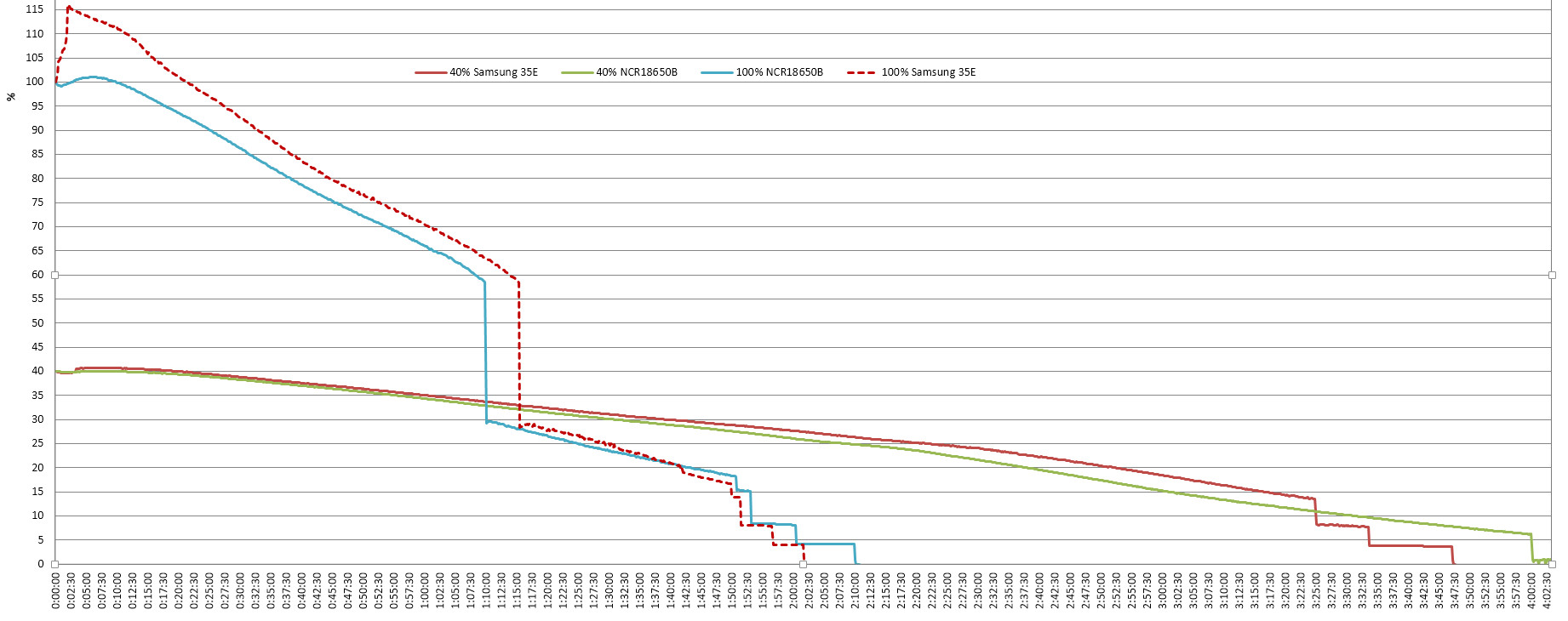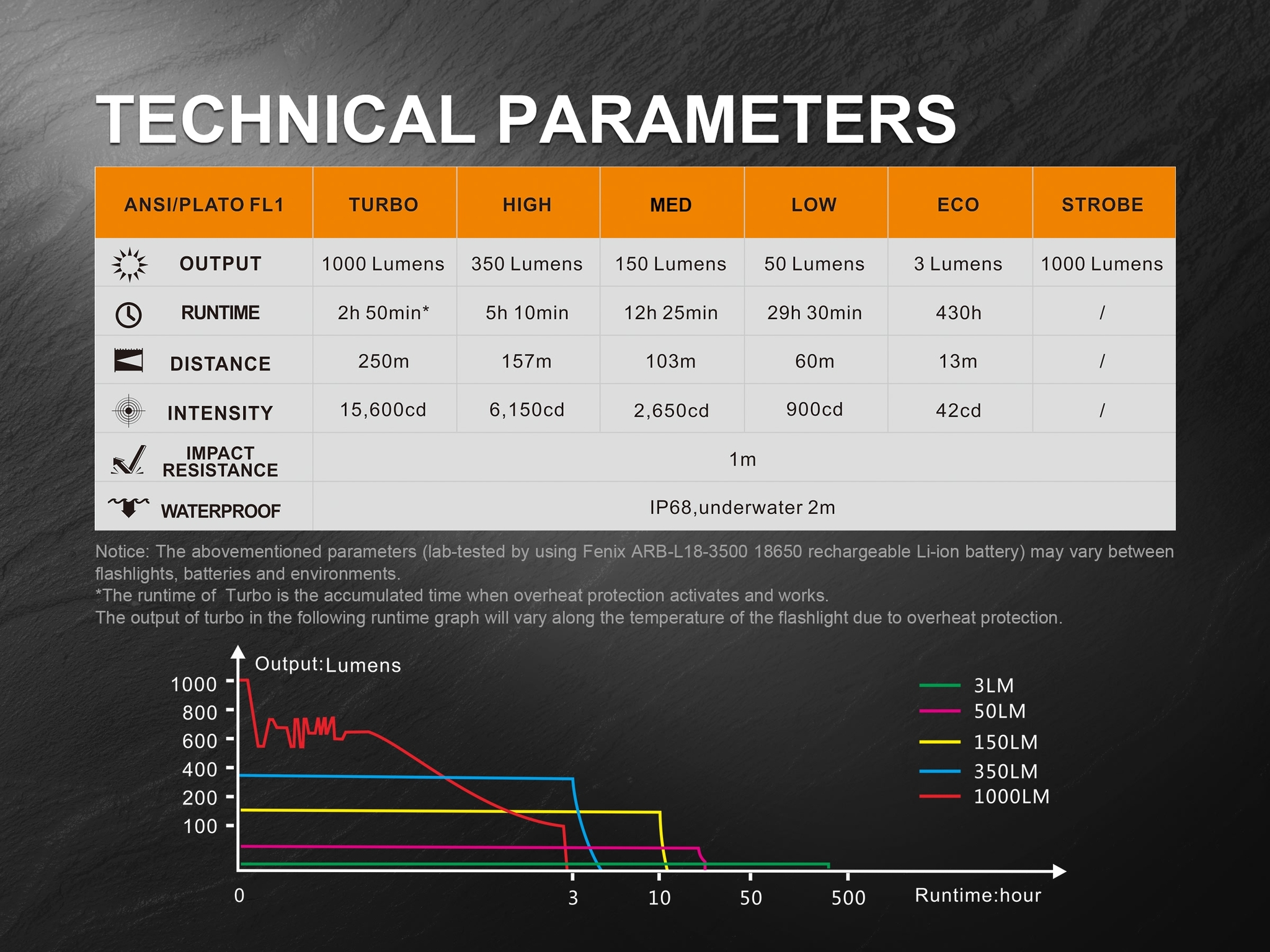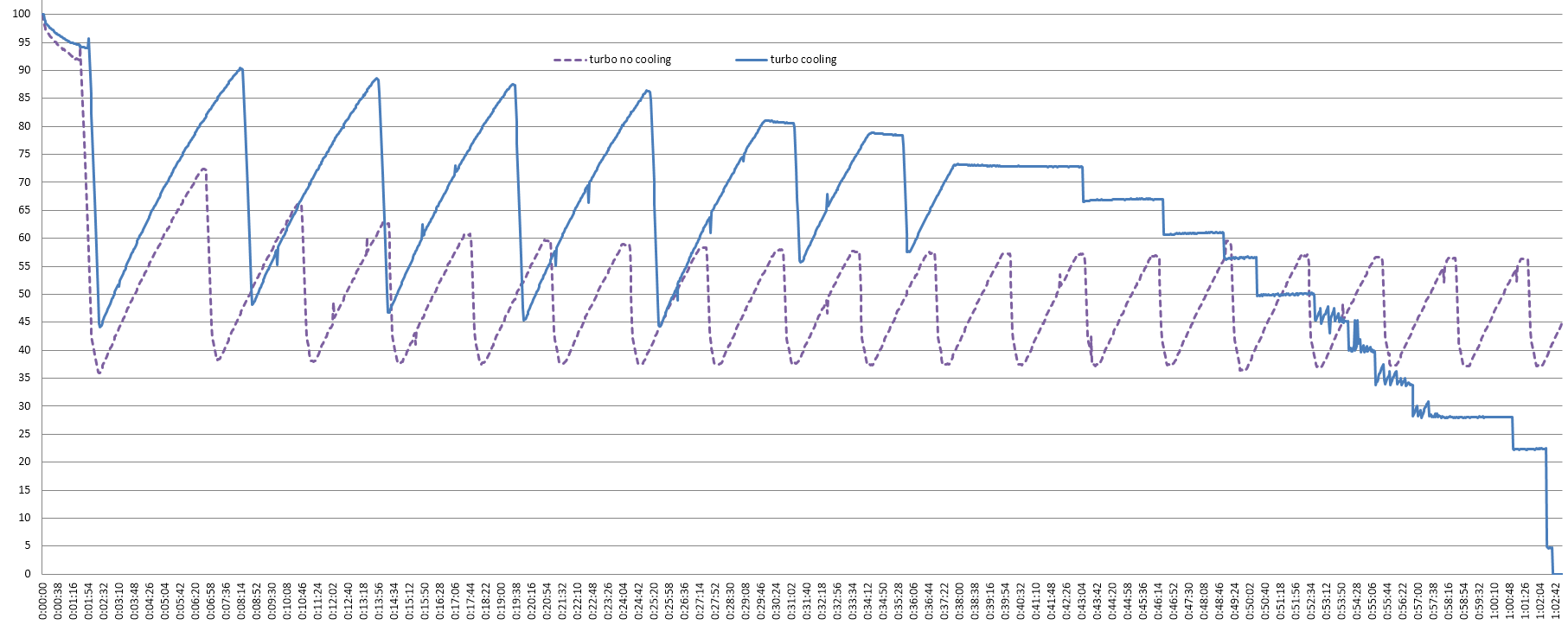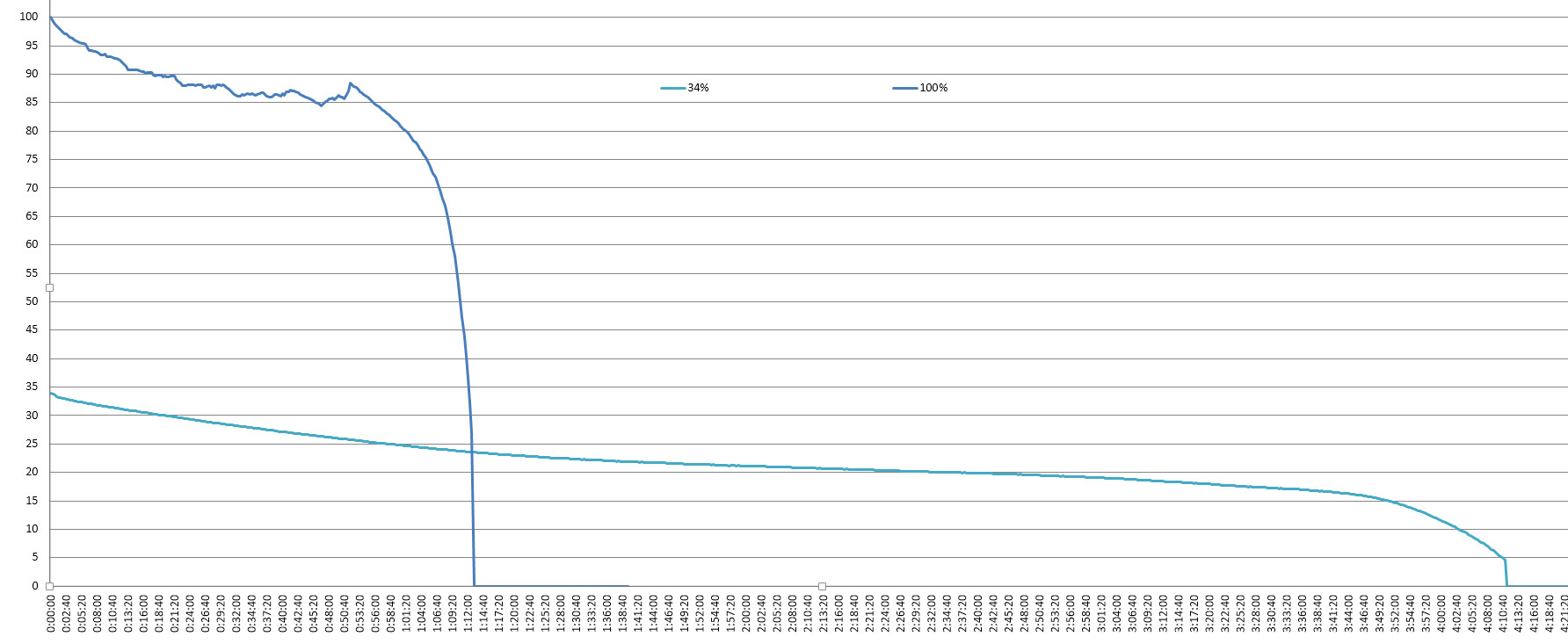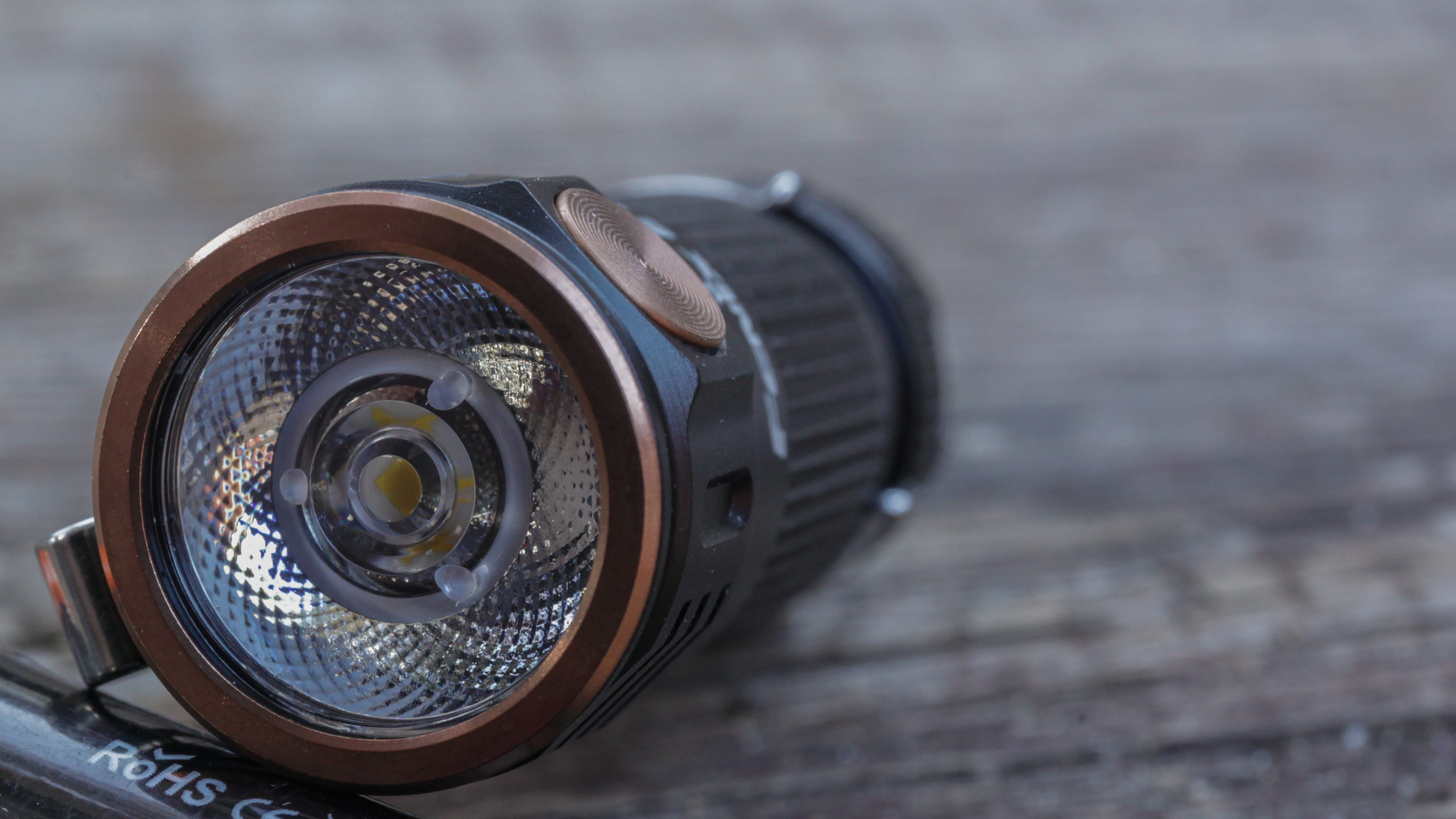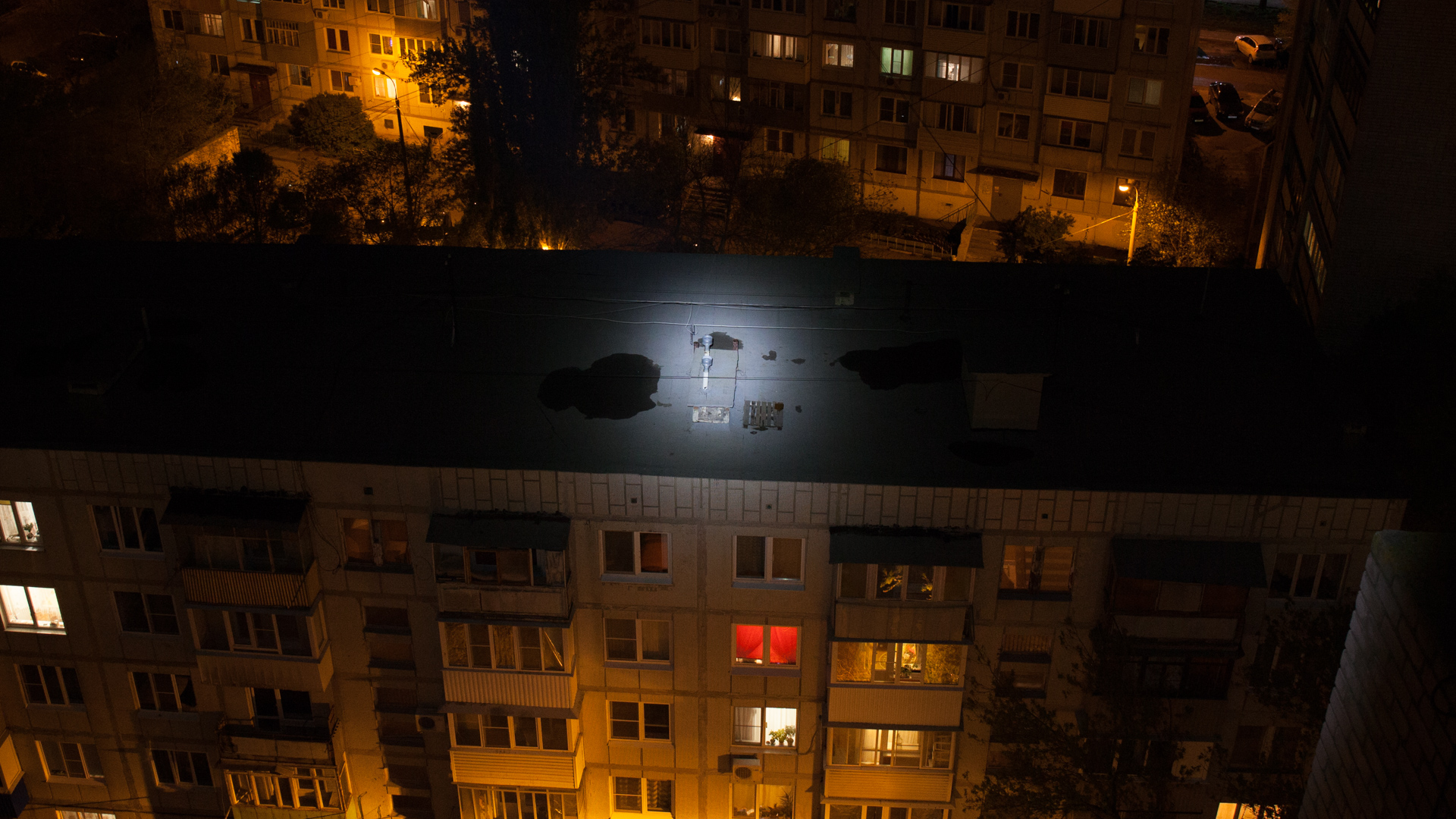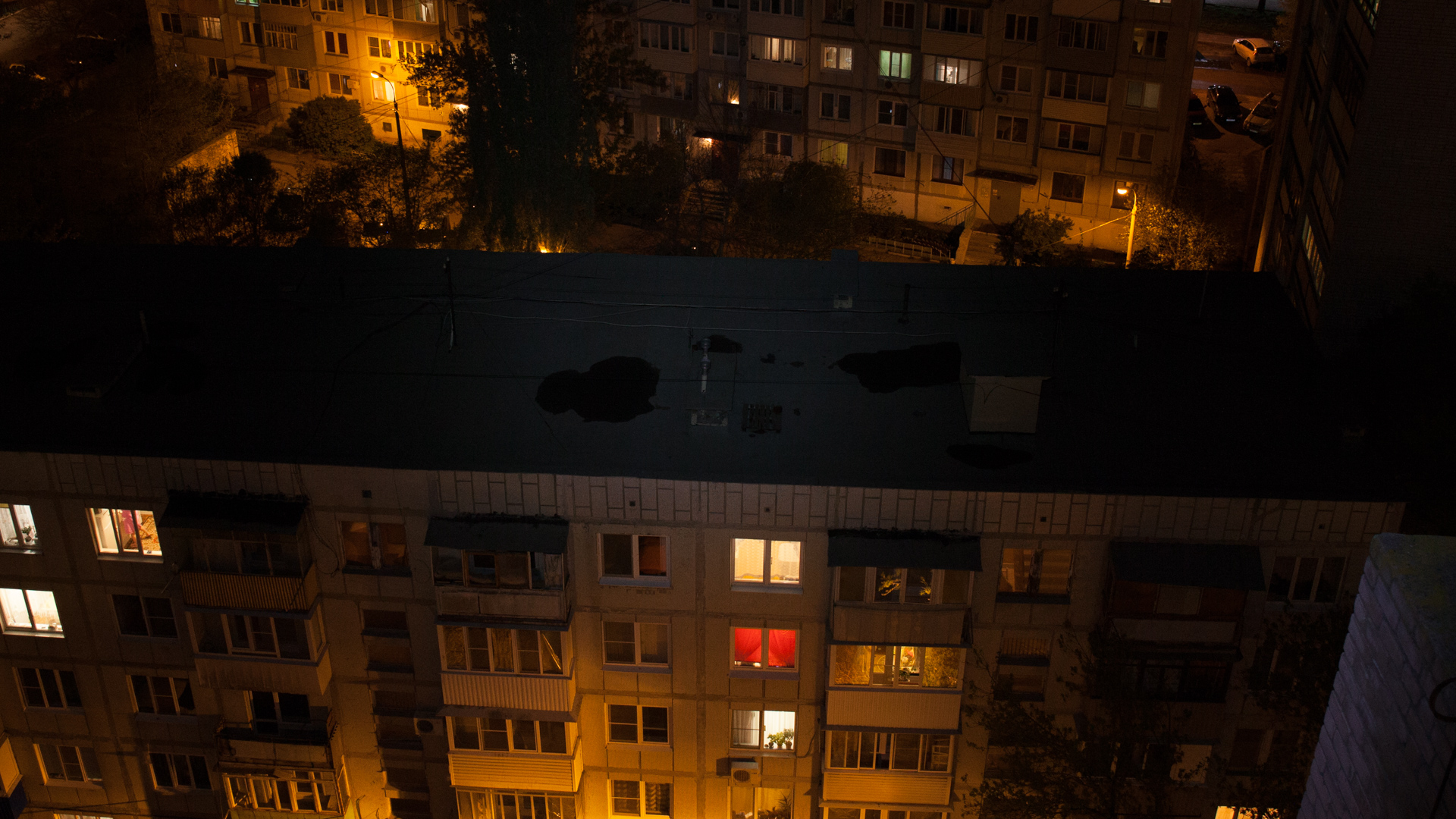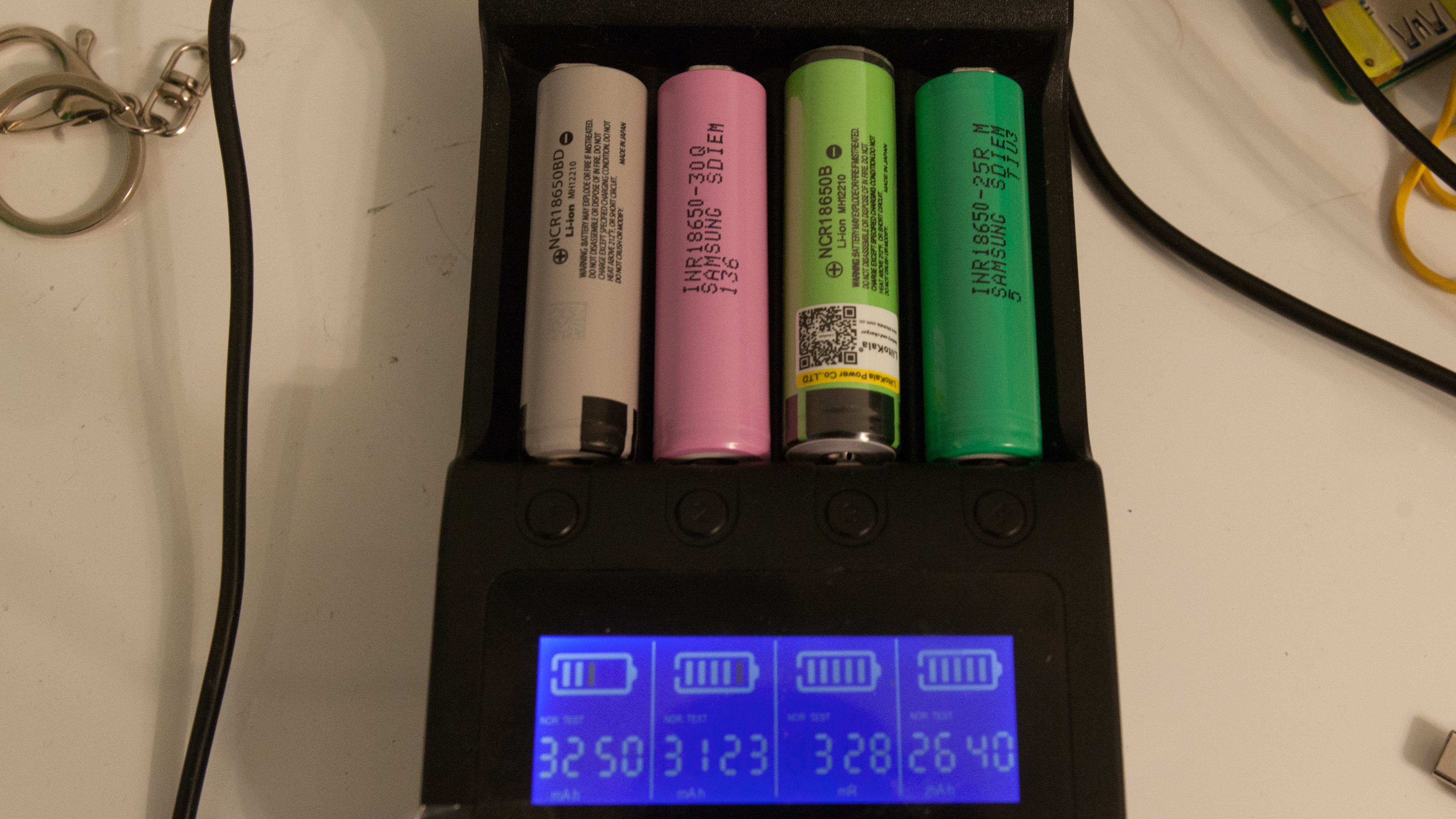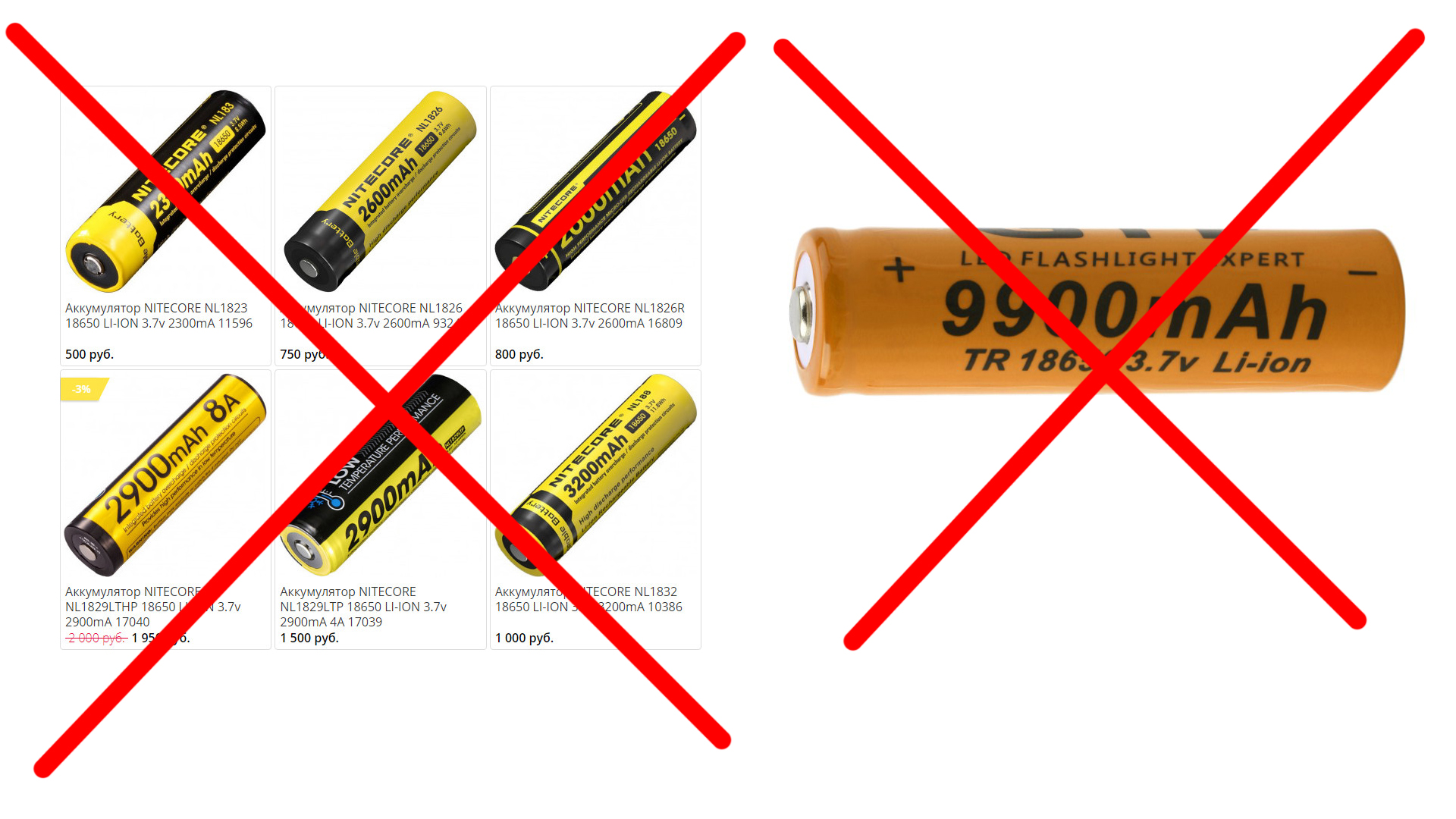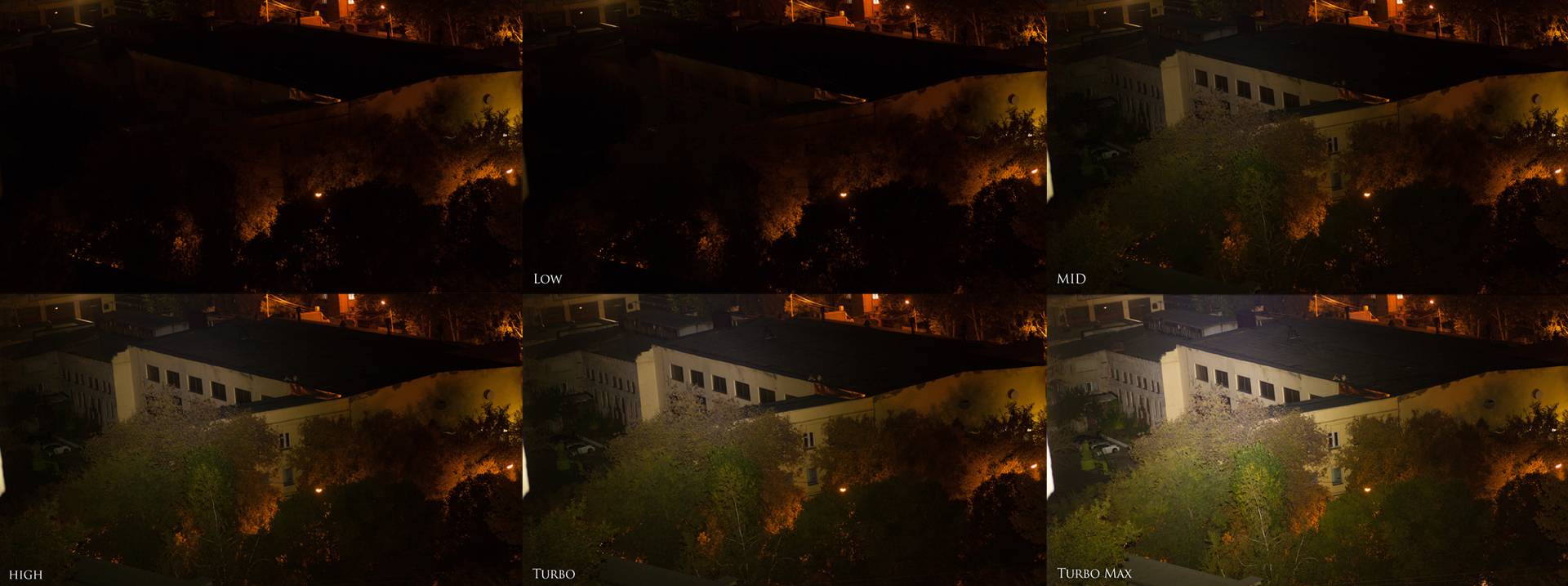What is the difference between thrower and flooder? What is a Cree T6 LED? What is the focus of a flashlight with focus? How do flashlights manufacturers cheat flashlight users?
In this text, I will tell you in simple language about the basic terms that will help you to choose flashlight exactly for your needs.
Hope you agreee, that you will not choose a car without understanding the difference between a automatic and mechanic transmission?
*I`ve been planning to write this guidance for those, who plan to choose flashlight for a long time, and now, after several days text is done. So, below are topics i`ll explain. For most of BLF members, these words are obvious. But each of us has bee
n newbee once…this text is for one them. There will be no advanced things like discussing driver or Hi-CRI, modding etc. Only basic things that will help reader buy an appropriate flashlights and not to waste money.*

Back in 2015, you had to spend like 100$ to buy a good LED flashlight with a brightness of 1000 lumens. And now, after 4-5 years, the situation has changed dramatically. Changed good way. This brightness has become quite ordinary and quite affordable for budget flashlights of about $ 15. By the way, the brightest flashlight in the world almost reaches 100,000 lumens (Imalent MS18. they claim to be THAT bright, but Imalent like to promise numbers that cannot reach). Actually, it is stated to be a 100k, but simple mathematics says that this is a lie, and representatives of the manufacturing company shy away from discussing this.
I highlighted the “good” separately because both then and now there is all sort of trash at aliexpress , miserable crafts that promise 10 000-50 000 lumens for only $10. The same for batteries. Yesterday I was holding “12000mah” batteries in my hands. Each of them weighted like AA alcaline battery. -)
So, when one needs to choose a powerful or just a good flashlight, he or she faces tons different models and deals. There are some lumens, there are some candels. The buyer decides just choose the most popular flashlight at aliexpress or amazon. Money are paid and after some time appears new disapponted owner of a cheap zoomie flashight.
There is, of course, another extreme. -) I bet most of BLF members tend to this.
I hope my FAQ about choosing flashlight will help you to refrain from buying stuf, which you will have to regret later. Believe me, there is an opportunity to buy a decent inexpensive flashlight for absolutely any purpose now. Not mentioned expensive brand one.
Flashlights for Dummies. Selection guide
Brightness = Lumens
What you need to understand:
- A bright, powerful flashlight does not mean it will have good throw. It is clear that an increase in brightness will increase throw. But combination of optics and LED plays here the decisive role. 500 lumens in this case may give you good light at the range impossible for 5000 lumens. The closest analogy is payload and speed in cars.
So, with rare exceptions (search flashlights), the flashlight has either good brightness or good throw. And, what about this excepion - it may disappoint you with dimensions of the models that combine these two characteristics. These two are on the right: the Mateminco MT70 and Imalent RT70 aren’t the biggest either.
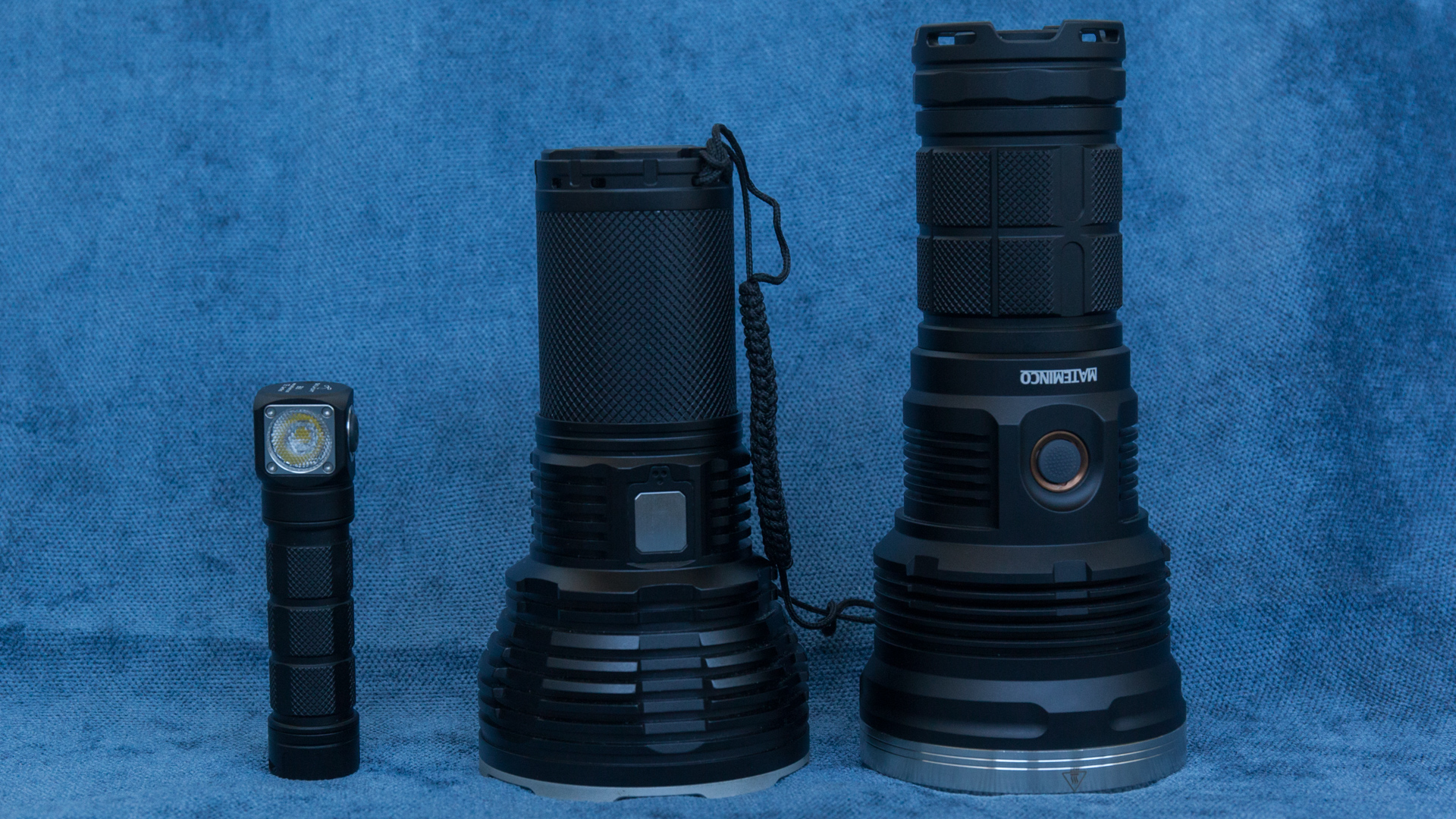
2) The more known is the brand, the more likely that you will get what is declared in the specification and vice versa.
Buying an unnamed (as an option sh*tfires - ultra, trust, blast etc - there is a bunch of such crap with aggressive and impressive names ) flashlight promises a simple deception - “it has 500, we’ll write 2000 \ 3000 \ 5000 lumens,” while big brands use a different trick.
When you see specs and promo pics, the maximum brightness there is always for TURBO mode.
1st trick . Mathematic.
Companies often prefer to consider something like this: “it consumes 5A in turbo, we have a 2500mah battery, so we write half an hour runtime in turbo.”
2nd trick is what you see in most of specifications.
Runtime in turbo mode contains all the time after stepdown. So, if Turbo mode really lasts for 1 minute and then stepdown drops it at 10% level, where it works for two hours, specification will show you 2 hours.
In fairness, specifications of few manufacturers now honestly show you something like 2000-> 1000 (1min + 70 min). It indicates the brightness and runtime in turbo and the same for the level to which the brightness falls from the turbo.
And, yes, the brightness in a turbo must decrease. According to the time interval specified in the driver or thermoregulation triggering. This fall is called “Stepdown.”
Turbo by its name implies short-term work at maximum brightness. Here it may work at max like one minute before stepdown and you will have time to see everything around. Or maybe, like in case of Nitecore MH23 falls to 75% in 2 seconds. Technically, there IS declared brightness, but in fact you dont have it. Of course, Nitecore have lots of decent models with perfect stabilizaions,even better than you may expect. But MH23 has the most cheating turo
As a rule, the flashlight keeps brightness to which it falls from the turbo. Take this brightness as a normal working one, ans judge what a flashlight can do by it . There are models that may get to 400 from 1500 and models that get to 1000 lumens level.
So if you see some crazy numbers of brightness, or if the seller in the offline hunting shop blows in your ears that the return from the light of the flashlight will be almost like from gun, ask him about runtime of this crazy turbo brightness. do you want to use something that lasts like photo-blitz?
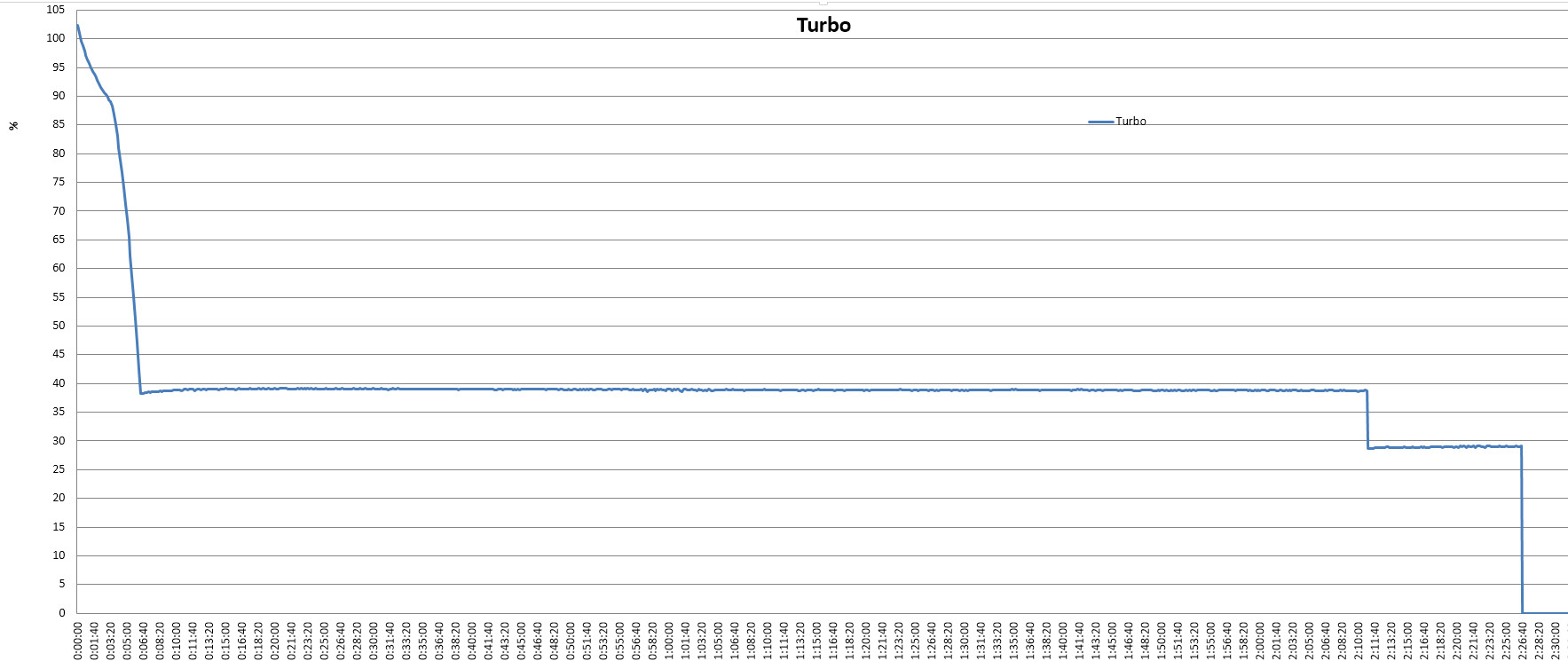
Then I went to the territory of another topic, thermoregulation and stepdown and will tell you about it in details later.
Some positive facts. When it is about 1000 lumens bright flashlights, you`ll inlikely meet lie(I’m talking about normal brands). Technology has reached such a level that this brightness can be achieved without the slightest problem and increasing price. Big brands cheat you with stabilization (i`ll talk about it later)
3) For most regular needs, this 1000 lumens turbo and 600-700 lumens constant light after stepdown is definetely enough. Yes, these numbers are not impressive nowadays, but believe me, they are really enough.
I`ve been reviewing like 30-40 flashlights in last 5 years, so i can pick any of them as my personal pocket light. And you know, i`ve been ok with 300lumens 14500 flashlight for some years, and feel ok now with 1000lums model.
This is enough to illuminate all the thing around during evening walks and it fits any pocket. If you want pay lowest price and get flashlight that you may rely on - Sofirn SP32 V2.0 is a pick for every beginner. It will give you enough light to work withing range of like 50meters.
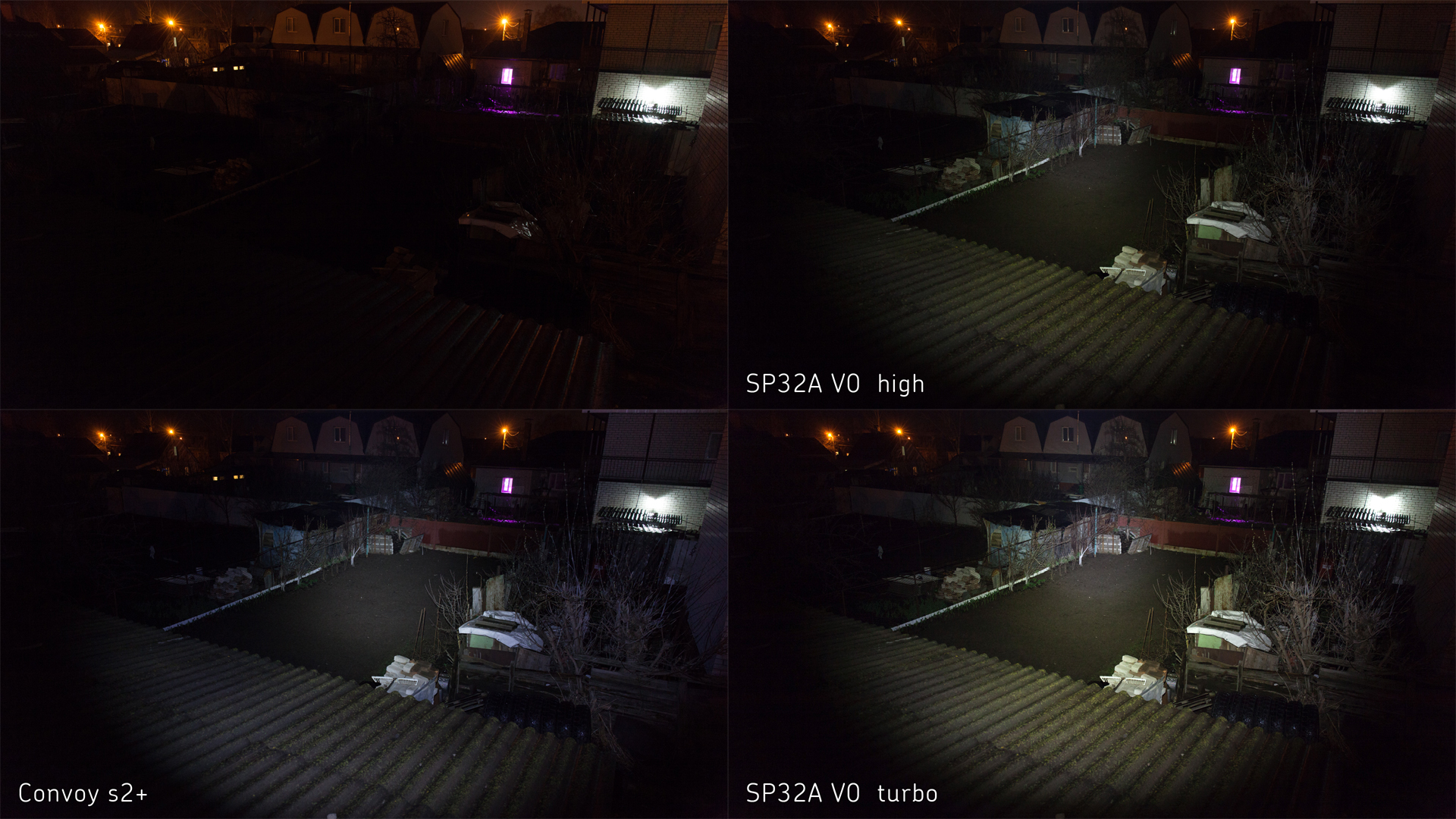
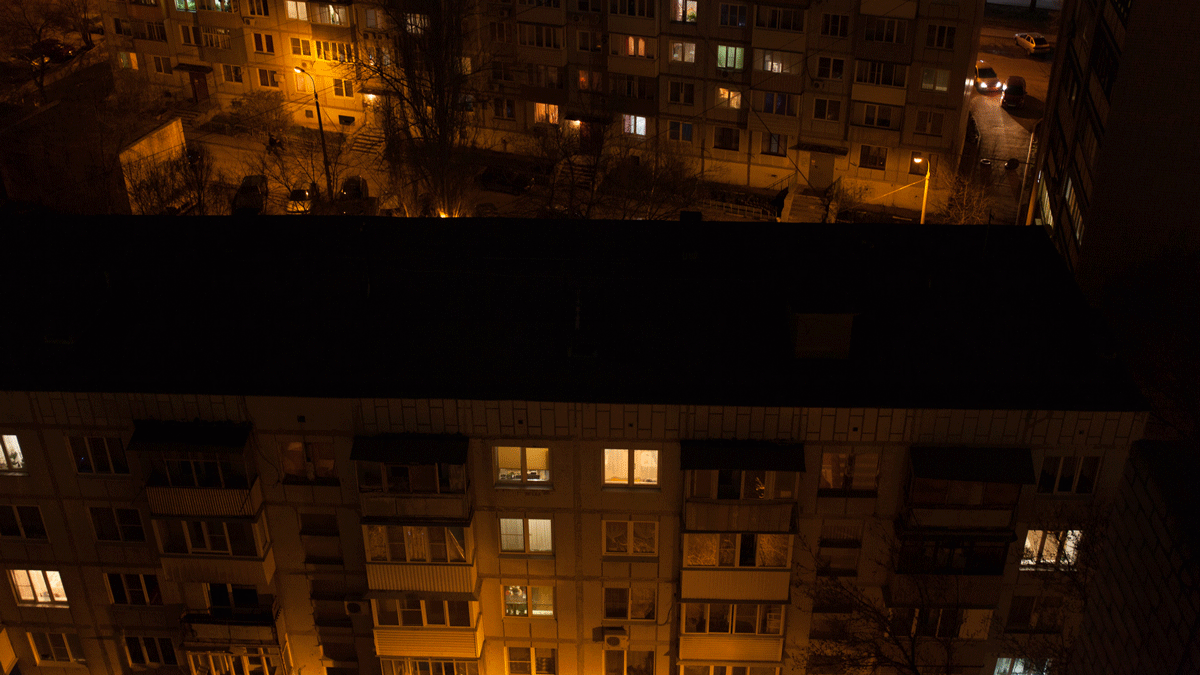
5) Some sly manufacturers state brightness without taking into account losses on optics. And then it’s just “like that, at a current of 4A, this LED should give out 1500 lumens, and we’ll write it like that.” But this is a specific case, which I mentioned here just to mean that they can.
Throw = Candela
What you need to understand:
1) There is throw and there is useful throw range. Well, at least for me.
The trick here is that throw, like brightness, is measured according to ANSI standart (in best case. manufacturer may just make up numbers). So, 500m ANSI range means that at a distance of 500m the flashlight will give a brightness of 1 lumen. And what is the sense of such a homeopathic brightness? So it turns out that the really useful range can be noticeably less, that way 350m. Therefore, in my reviews I always try to single out useful range in two ways: a) with good detail and brightness b) well, to at least distinguish schoolbus from the elephant.
Given the resolution of the human eye and most situations when you need long-range light, if the flashlight shines well at a distance of 300-400 meters, then this is enough.
2) Light distribution.
The better is throw, the less convenient light is for close-range work and vice versa. In the vast majority of cases, range is achieved by combining a specific LED with a deep smooth reflector (SMO) which focuses the whole light at the central point. The center is very bright, while sides are Bible black.
Of course, there is also textured reflector (which is called “Orange peel” or OP) , it dissolves light from center to sides. The result is such a picture.
Here’s an example of a long-range vs short-range flashlights…
The light distribution is extremely influenced by the type of LED and reflector. So, when everything else are equal.
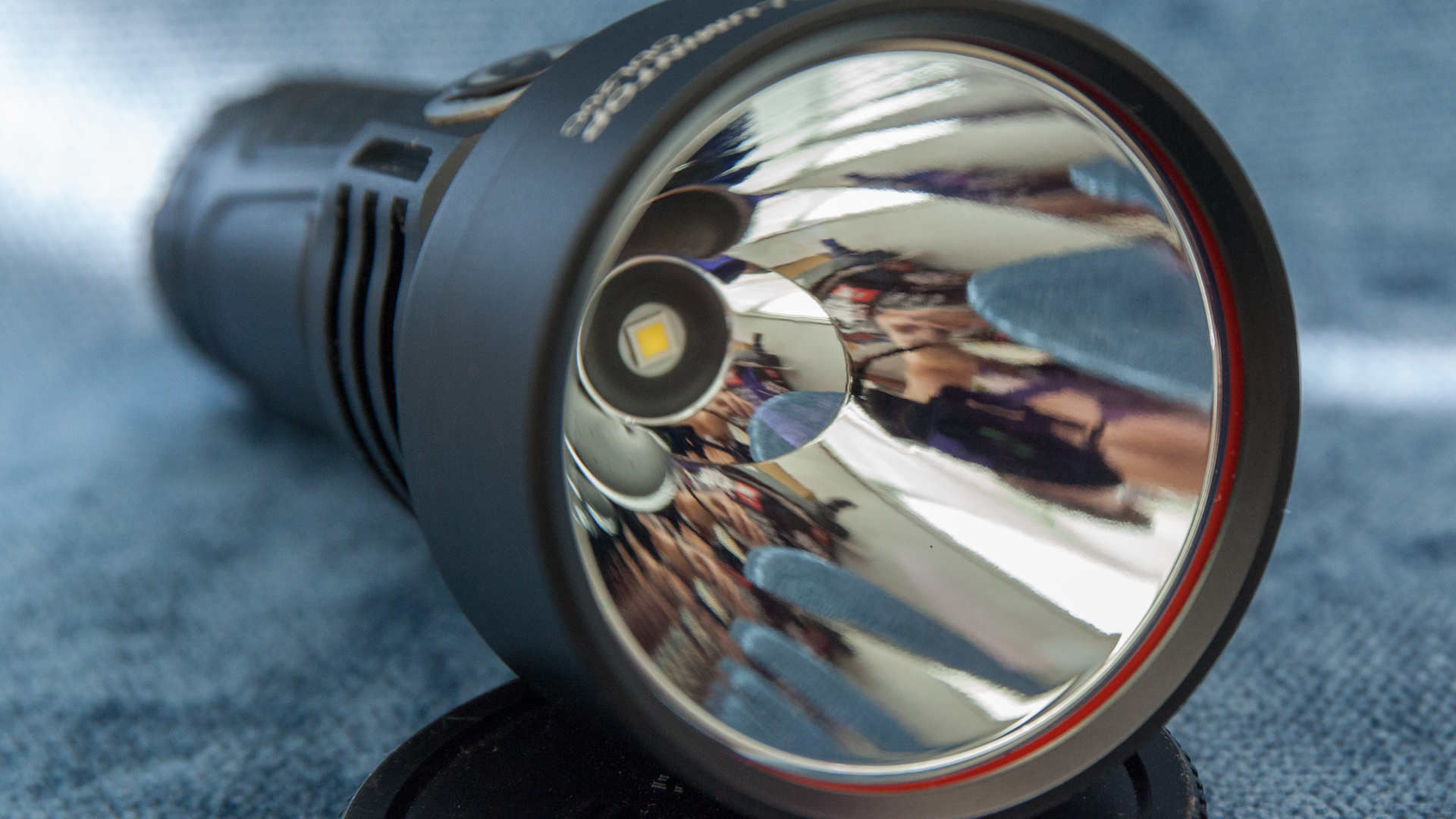
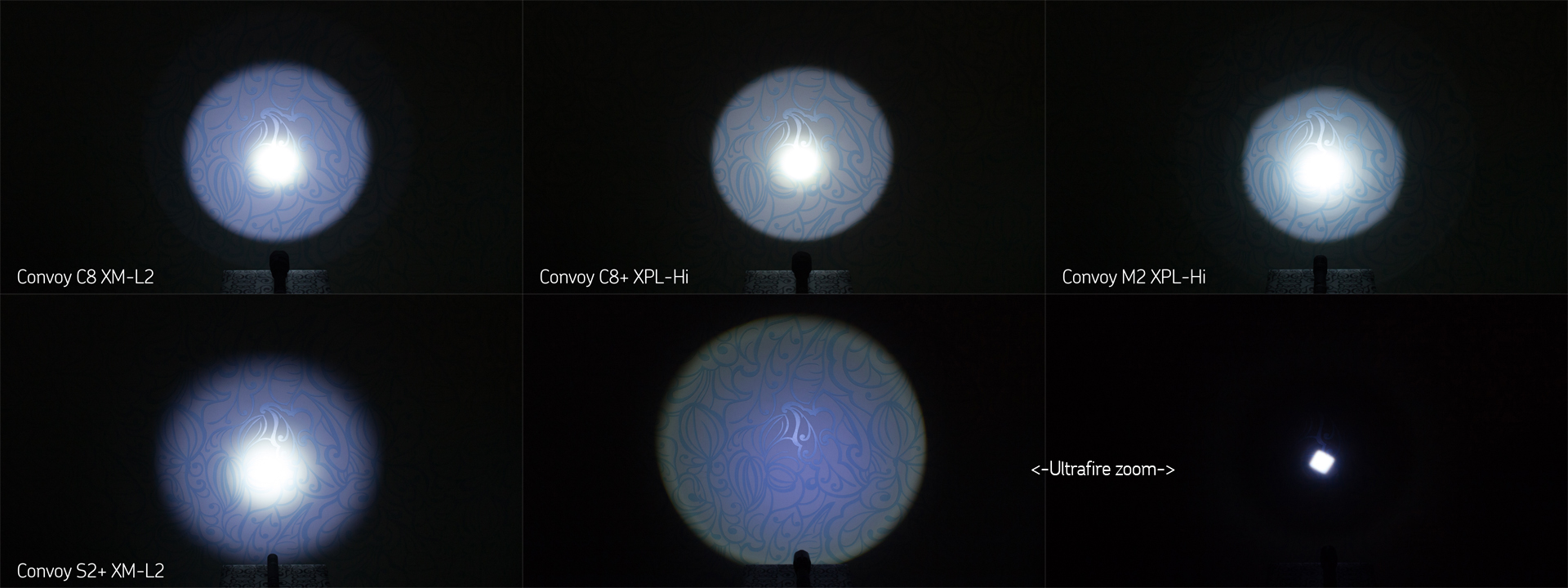
1) SMO gives you more throw, compared with OP reflector. And, as I said, is less convenient for near-range work.
2) A smaller LED (XHP35 or modern Osram models like “White Flat”) will give at the same brightness more candelas than a large and bright one (XHP70). A simple example is to pump a liter/second through a 1cm hose and through 3cm wide. Which will does the longer jet?
3) Dedomed LED (i.e. with the silicone dome removed) will give even more candelas. The brightness will be slightly less. They are marked as HI (high intensity) \ and one with an dome is HD (Hi Density).
Right now, the best choice for a long-thrower flashlight are the XHP35 HI and Osram White flat. Relatively good - XPL-HI. They will give you a good throw without being really bright.
If the flashlight you plan to buy, has XM-L2 LED, then it’s better to look for something more modern. Although, in fairness, there are good models here.
And there is also SBT 90.2 LED, which is normally dedomed and around 6000 lumens bright. Advantage of such LED is that being that bright, it gives you both throw and sidelight. Disadvantage is that it consumes REALLY lot of energy, generates LOT of heat, and costs REALLY lot.
There are a some of EXTREMELY long-range models, but carrying 3kg is not convenient at all. People at BLF wanted to get extreme flashlight - they got it. well, i got it as well )
3) At a distance of about 300m, a powerful top-end long-throw flashlight will work at 20-30% output and some ordinary model one at 75%. Accordingly, the battery of latter one will discharge faster. But, of course, such a flashlight will cost way less.
4) In the same housing and at the same brightness, a warmer light will have better penetration. Cold light perfectly reflects all the particles of dust and fog in air eating up long-range potential pretty much. Remember what color are car fog lights ? And then we came to the next section.
Kelvins = Color temperature.
It is useful here to study two words directly related to the topic.
Bin. The LED bin is also the process (and the result) of sorting the LEDs into groups according to brightness and color temperature.
Tint- a shade of light inside one bin. Greenish or or slightly red.
The most popular brand of LEDs, CREE ranks them in nine groups, from 0 to 8.
0-2 - cold light (from 5250K) | 3-5 - neutral (3750-5250K) | 6-8 -* warm* (below 3750K).
Each group is somewhere within 500K, + there are additional subgroups A-B-C-D. The number indicates a tint.
By and large, if you are not a flashaholic, then there is no point in bothering with bins and tints. Just find out what such a thing exist.
In fact, the most important thing to know about color temperature are:
1) Normally * the warmer is the light, the lower is the brightness*. Manufacturers are hunting for large numbers in the specification, so in most cases they put a cold LED. Buyers are either not aware of the difference, or have no choice. The ability to choose between CW \ NW is an indicator that manufacturer is user-friendly.
2) The warmer is the light, the better it penetrates. And this can significantly negate this difference in brightness. The difference between cold 6500K and warm 3000K light will be especially good in smoke / dust / fog. No wonder the same firemen need warm light. All good powerfull long-throwers has a neutral light. Thought, there are bunch of powerfull with Cold white. That just shows that manufacter doesnt give a ….
Here you have an exceptionally clear picture. XML2- in three colors, 4200 \ 5000 \ 6500K.
the difference in brightness for this LED is clearly visible. On the one hand, the 6500K is clearly brighter, on the other - the chilly light is clearly not so pleasant to the eye. I personally like the option in the center. 5000K is not so yellow, while there is no significant dip in brightness.
Somehow i got to topic, mentioned in header.
T6 and fake LEDs.
Once upone the time there was goode olde Cree XML-2 LED. It has bin called T6. It was quite popular as it was quite bright for these ancient times. And, of course, was cold as well. And as it was widely used in almost ANY brand flashlight, manufacturers of noname crap also started to mention it to attract ignorant potential buyers…
Then times changed and you cannot find Cree XML T6. But manufacturers of noname crap dont know about it, and just follow the good tradiion
So, for question “what is LED T6 LED” the answer is simple. There is NO such LED as LED T6 !
It’s the same as calling the flashlight “side button”.
T6 is just one group of brightness and nothing more. Of course, if you want to buy a flashlight which hs “T6 LED” in name, you should expect that you will get some kind of fake cheap LED with a terrible blue light beyond the threshold of 7000K. The brightness in such models, as a rule, does not exceed 400-500 lumens and drops down quickly as these cheap noname models doesnt have driver that can stabilize brightness.
Real Cree XML2 fake in zoom.
By the way, you can also find XHP90\100\160\200 etc. No! Most powerfull LED that Cree produces as the company is XHP70.2.
If you see any larger number - that cuts deal.
Stabilization and thermoregulation
Oh. Finally we got to this really significant point.
Stabilization is keeping brightness constant as battery power drops with discharge.
If you buy a budget flashlight, then most likely the brightness will fall like that. However, in medium modes, 1% drop in 5 minutes is not so scary, the eye will not notice it at all.
Better flashlight is, more likely you get better, flatter runtume line at runtime chart , getting close to flat line of full brightness stabilization. As you turn on any mode besides turbo, flashlight will keep it. Of course, in most case, finally, it will go to a lower level as battery discharges. Although an inexpensive flashlight may surprise you.
Chances are hight that modern 21700 \ 26650 powered models will give you full stabilization
I`m far from being fan of Fenix and criticize them in each review. But i must mention that this brand is the only one that provides honest runtime chart on packages so u can evaluate stabilization. That is REALLY good. In general, as i`ve said - the more decent the brand, the more likely it is that stabilization will be full. And that’s also 1st that you should ask when buying a flashlight offline.
Thermoregulation - brightness control depending on the heating level of the flashlight. Mostly it relates to turbo as high normally shouldnt heat flashlight to the point when trigger of thermal regulation activates.
“sawtooth” is a clear example of poor , over aggressive thermoregulation. The flashlight heats up, the brightness drops. After some time at this level, as flashlight cools - the brightness jumps up again. The result is a moronic leapfrog.
For example, having bought a Klarus flashlight, with a high probability you will get just such a saw. Here is an example of a graph with and without cooling. In addition, there is a hellish gap between turbo and high. Seems like Klarus have saboteur at R&D, who does best to ruin good name of company - they`ve been repeating these mistakes almost in each model for years.
Good thermoregulation: with cooling (wind or forced fan cooling), the brightness either goes to a fully stabilized (ideally) level higher than high (the top picture is old and sold out Lumintop ODL20C) or increases continuously (turbo) (bottom picture). The latter I find more practical. Sustaining near-turbo level will delight you with good brightness and throw but will inevitably make runtime shorter for obvious reasons.
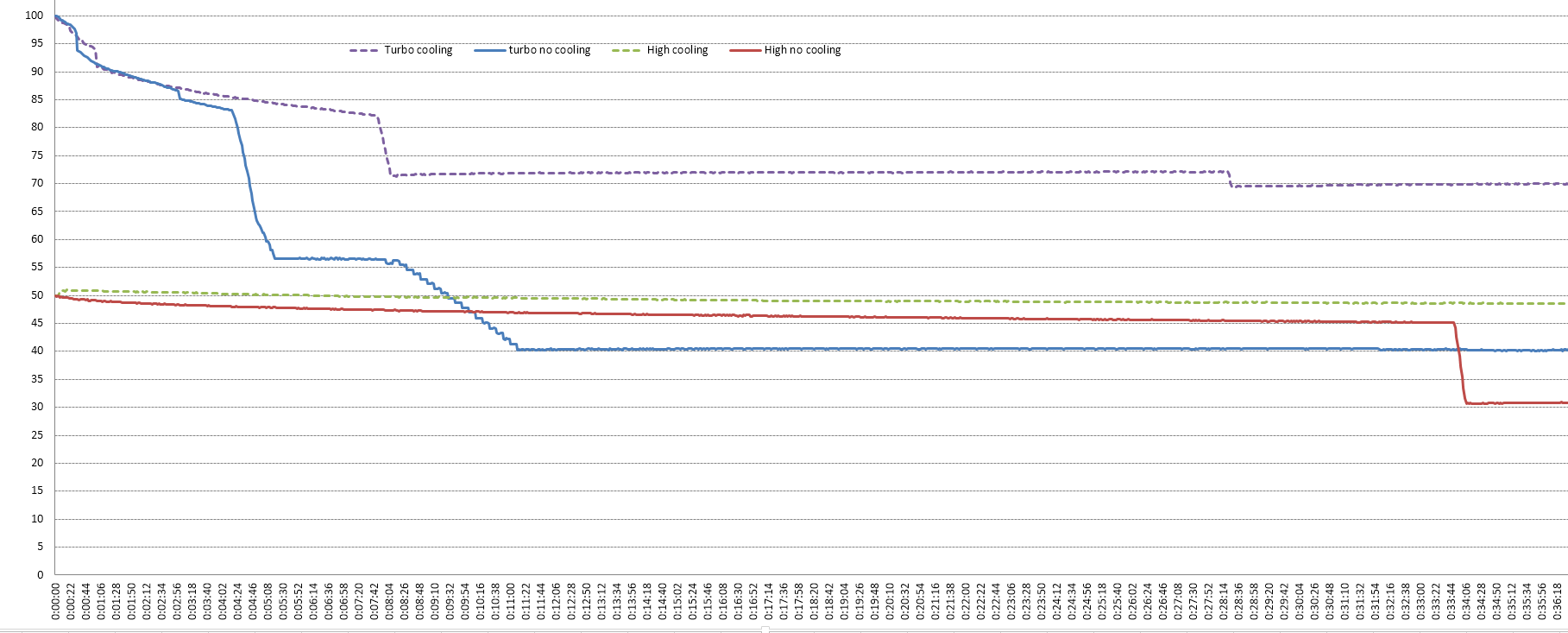

1) in most cases, there is no thermoregulation in cheap flashlights. So there are chances that it simply cannot be held in your hands (if you manage to find something brightner than 2000-3000 lumens). 2000 lumens in the size of a convoy C8 heat it to the point harmfull both to hands and batteries. Or to fhashlight itself in worst case.
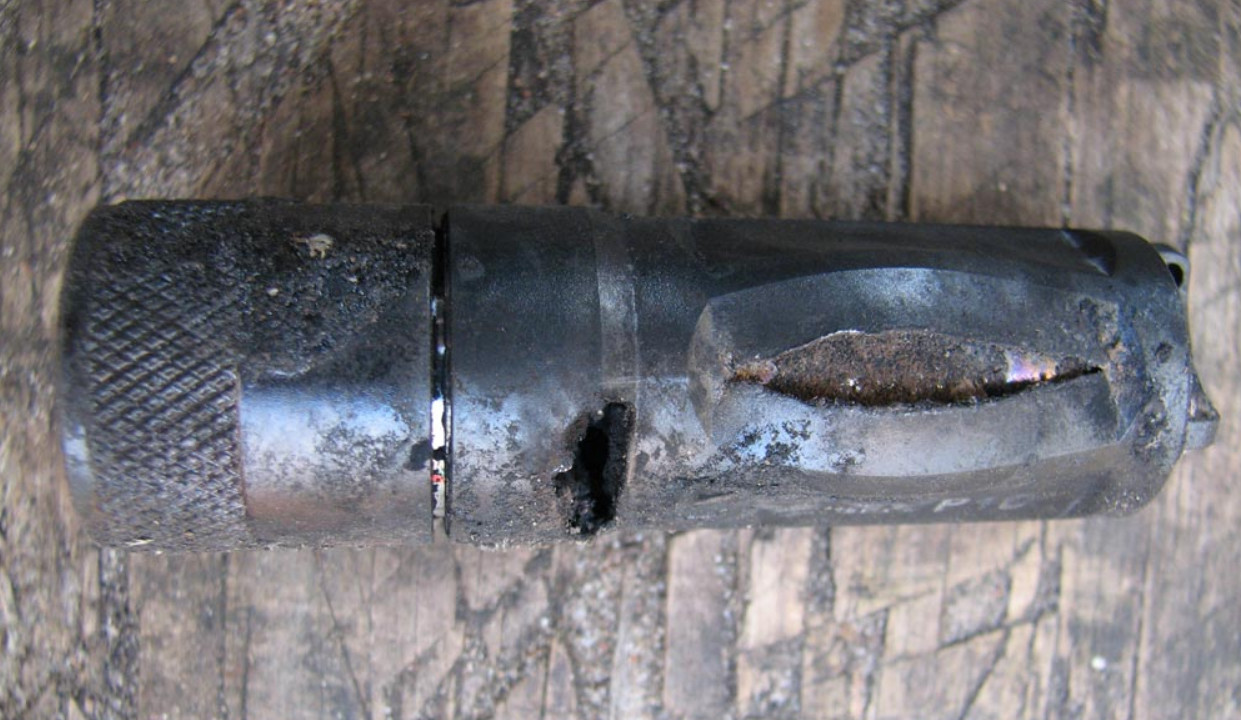
2) Logically, flashlight heats up faster indor quicker than in the open air. And if there is winter and wind, then the difference can be enormous.
Convoy L6, although is not an example of cheap crafts, has no thermoregulation. With 2x26650 inside, it is able to hold maximum brightness for a quite long time, but you will have to look at the flashlight from the side. At 1st runtime chart may impress, but in reality you will be able to use it only in thick gloves and in really cold weather.
overall: dont focus on brightness, pay attention to:
a) how long flashlight will keep it (and how) | b) what is level flashlight steps down from turbo (do you want 400lumens after 1800?).
Does impressive brightness make sense , if it lasts 2-3 seconds?
Reflectors, TIR optics, flashlights with zoom.
I have already explained the main thing:
with the same LED and in the same mode, a flashlight with a smooth reflector has better throw than the one with textured. A deep reflector has better throw comparing to shallow one. In principle, even in such sizes it is possible to increase throw (but still dont expect much).
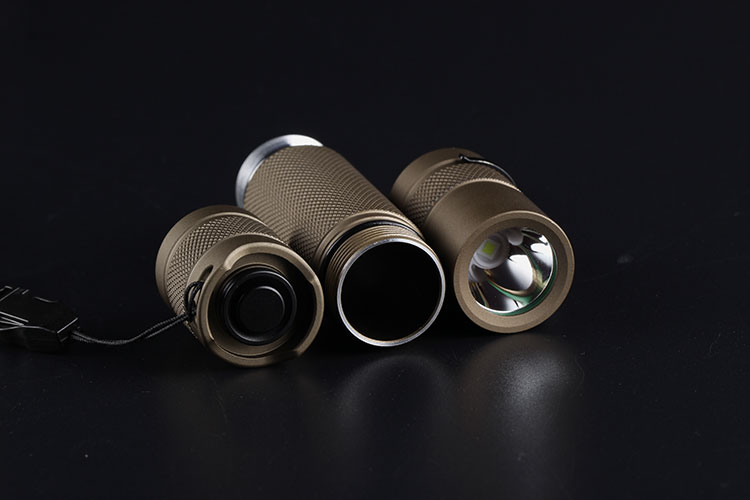
Of course, long-throwerwill be inconvenient for near-range use, and the near-light will not penetrate into the distance.
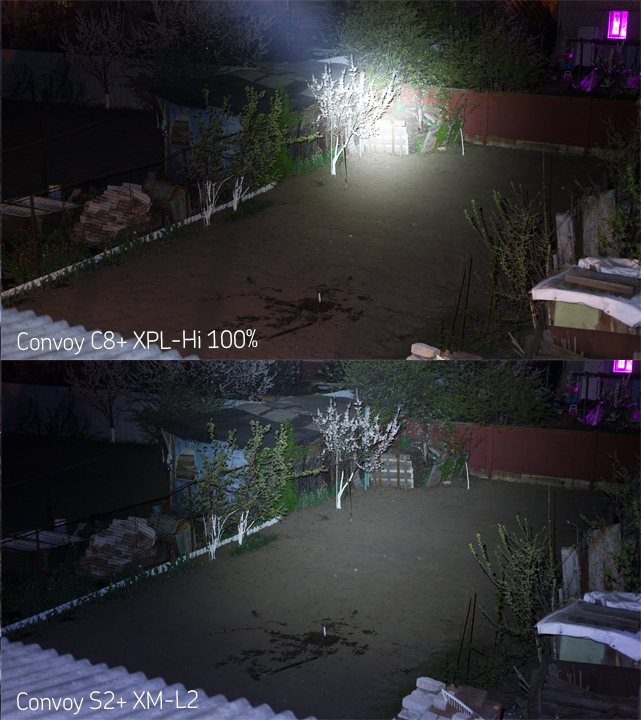
In fact, this is all you need to know about the effect of the reflector when choosing a flashlight.
TIR optics.
Speakin simply, TIR lens controls the luminous flux better way. Typically, TIRs are set to provide a nice blurry near light (though there are some made to increase throw).
If you have a wish to experiment with optic and straight hands that grow from shoulders instead of butt, you can play around with wide choice of TIR, one of them will have exactly light distribution that you need. Some TIR lenses themselves look really atractive. For example, in the Fenix ??E16, the central smooth part forms a narrow beam of light, while the perimeter dotted microlenses give good side light. As a result, a tiny flashlight gives a pleasant light distribution.
Actually, people who care about the availability or installation of TIR optics already know what it is and why.
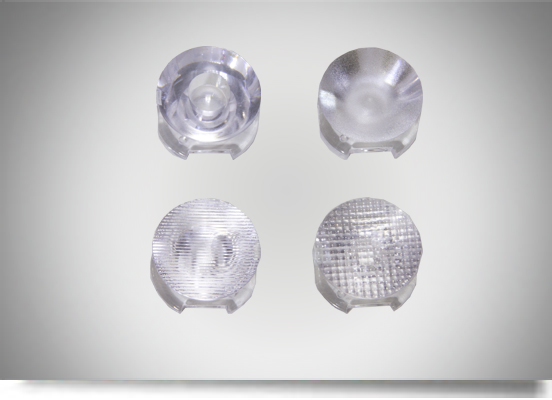
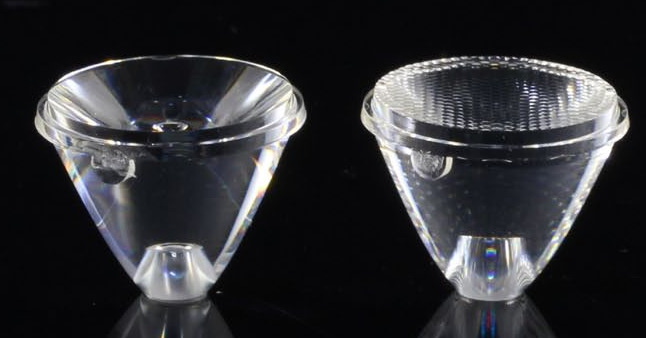
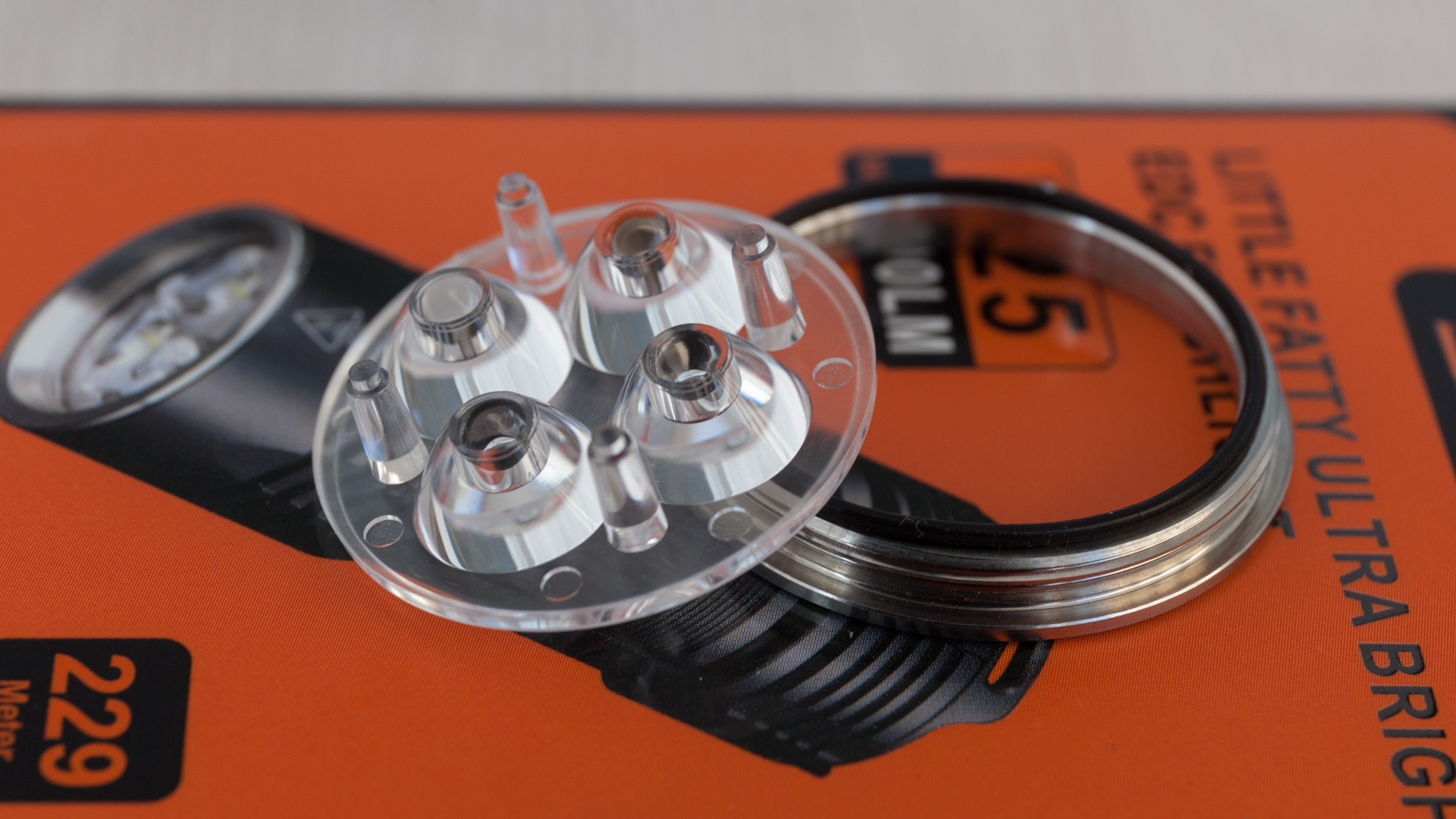
And here is the sweet part. Due to its price and magical marketing numbers the most popular flashlight at aliexrpess or amazon in 2023 is the same as 5 years ago - is the “ugly Zoomie flashlight”
It has lots of names, but core idea is the same - to give worst possible light.
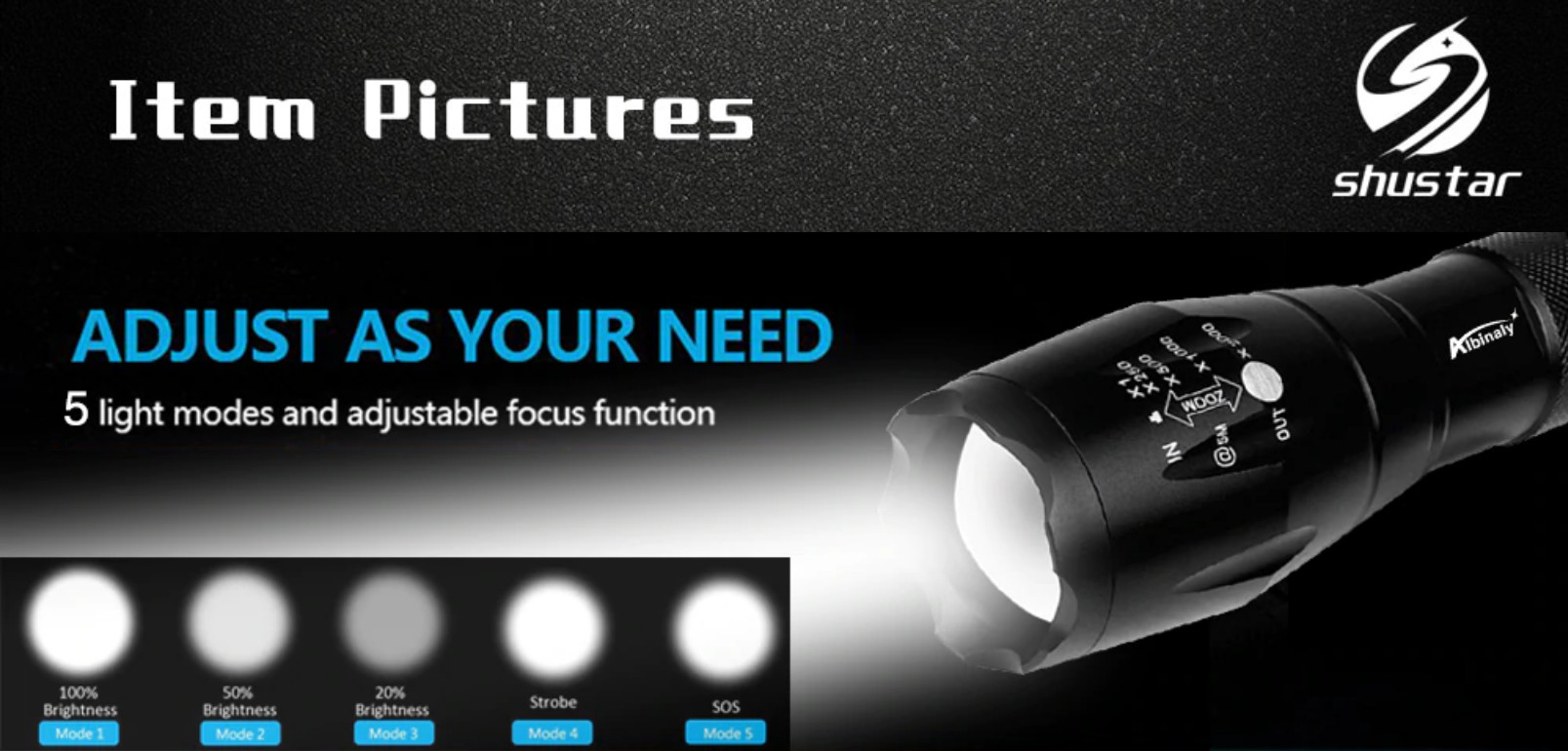
Sellers generously promise as much they can imagine for different versions: T6 4000 lm L2 8000 lm V6 10000 lm
It is clear that in reality you get sh*t. There is nothing in such sort of flashlight:
1) No normal light distribution. At the near end, you get a dull circle. On a distant focal point - tiny square with veins.
2) No heat sink. However, this is compensated by ….
3) absence of normal brightness. There will not be more than 300lum in the T6 version. Buying so called “better” versions is a cheating urself because for 13 bucks you can buy the convoy.
4) throw. At the long focal point, it shines as well as the cheapest S2 +. why? Because the aspherical lens gives the wildest loss of brightness when moving the lens forward.
What you get is cyanotic light and hellish PWM flicker in lower modes.
see for yourself. The flashlight shines equally disgusting at any distance and at any position of focus.
Although, well…for 3 bucks, it is quite possible to store it in the glove compartment of the car as an emergency light, which is what it is.
the only good is that such flashlights can store 21700 batteries, which have excellent capacity.
However, if the zoom system is based upon moving TIR optic (for example, the FD or some YLP), then there is almost no loss of brightness and such a flashlight is close to being universal and usable flashlight.

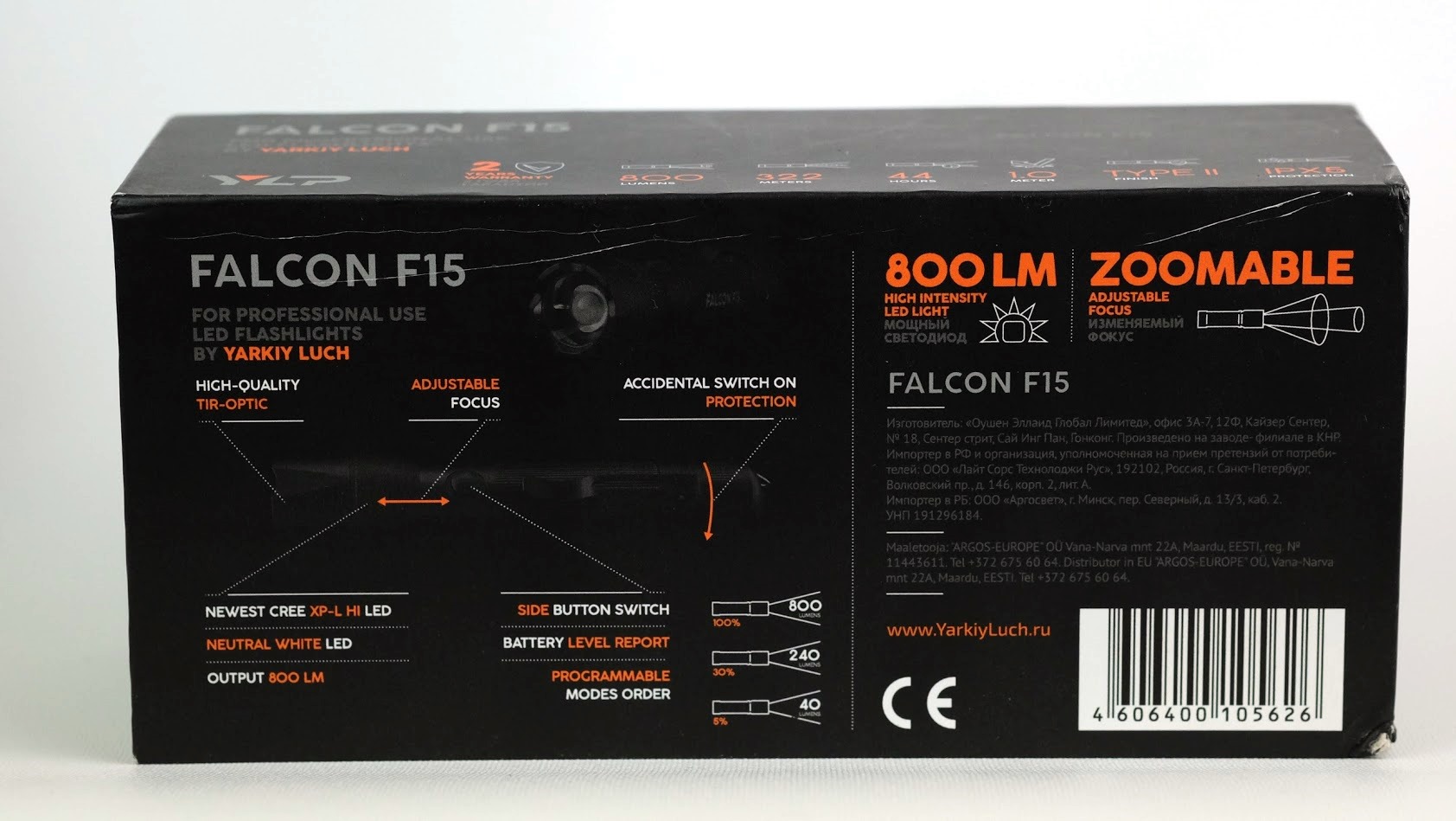
The last thing to say is* batteries and charging*. and here you need to know one thing.
Now, in 2019, the most capacious 18650 battery is 3500mah. no 7000-12000 and close does not exist. As a rule, in order to find out the actual capacity of such a battery, you need to take the zero at the end. 21700 batteries path their way toward and i belive that in closest future most of flashlights will support them as they can give you 5000mah in almost the same size.
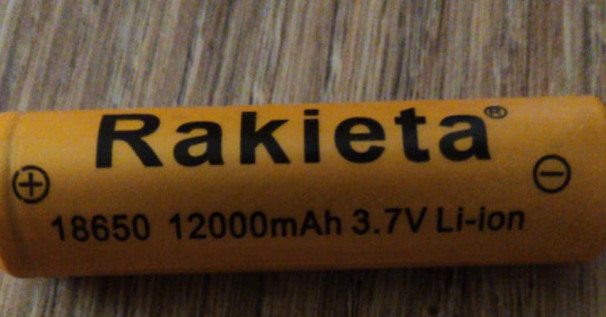
If you need a capacious battery for a flashlight from aliexpress of amazon of from whatever, then in 9 cases out of 10 this repackaging of Panasonic NCR18650B
will work as well as expensive high-drain ones. real capacity will be around 3200-3300, there is a protection board. I order a lot of them and you will get no better for its price. ideal for flashlights below 2000lumens.
If the flashlight consumes more then 5A, then you should take care of buying some high-drain batteries. buying some top ones like ali or hg2 you likely get something worse packed insde heat-shring. But still in most of cases it will be ok for you. .
What is important to know. there are Samsung, Sony, Sanyo-Panasonic, LG. that is all of big brands. there are no such battery manufacturers as ultrafire, trustfire and other things (especially with *fire at the end of the name). What kind of chemistry is inside is unclear. Clear is that buying this you get from 1\3 to 1\10 of stated.
Equally, there is no point in buying expensive Nitecore \ Fenix \ Olight etc batteries. You will pay a 2-3 time more than battery really cost just for having brand heatshrink.
The last thing worth mentioning. I often came across a phrase like “what is the brightest and most long-throw flashlight at aliexpress? I want to buy it! ”
And if I explained all the things above well enough, then you should understand that in the vast majority of cases, the brightness is the opposite of throw. But! There is a category of flashlights that still combines these characteristics. These are search flashlights. As a rule, now they are built on the basis of a huge smooth reflector and a dedomed XHP70.2 LED, which produces about 6000-7000 lumens in forced mode. They have decent sidelight, being relatively convenient to work at close-range. At the same time, at maximum brightness, throw though lower than the top-end long-range flashlights like Acebeam T21 or Olight Javelot Pro, but far beyond what you usually need. And since such flashlights usually powered by 4x18650, then you get an excellent runtime and complete stabilization.
In my opinion, the best search flashlight on the market is the Mateminco MT70 . Awesome flashlight from any side. If $ 100 is too much for you and you are not going to work at 800m range, then buying Sofirn C8G is a reasonable budget decision. In a compact pocket size, you get the maximum possible for a very modest price.
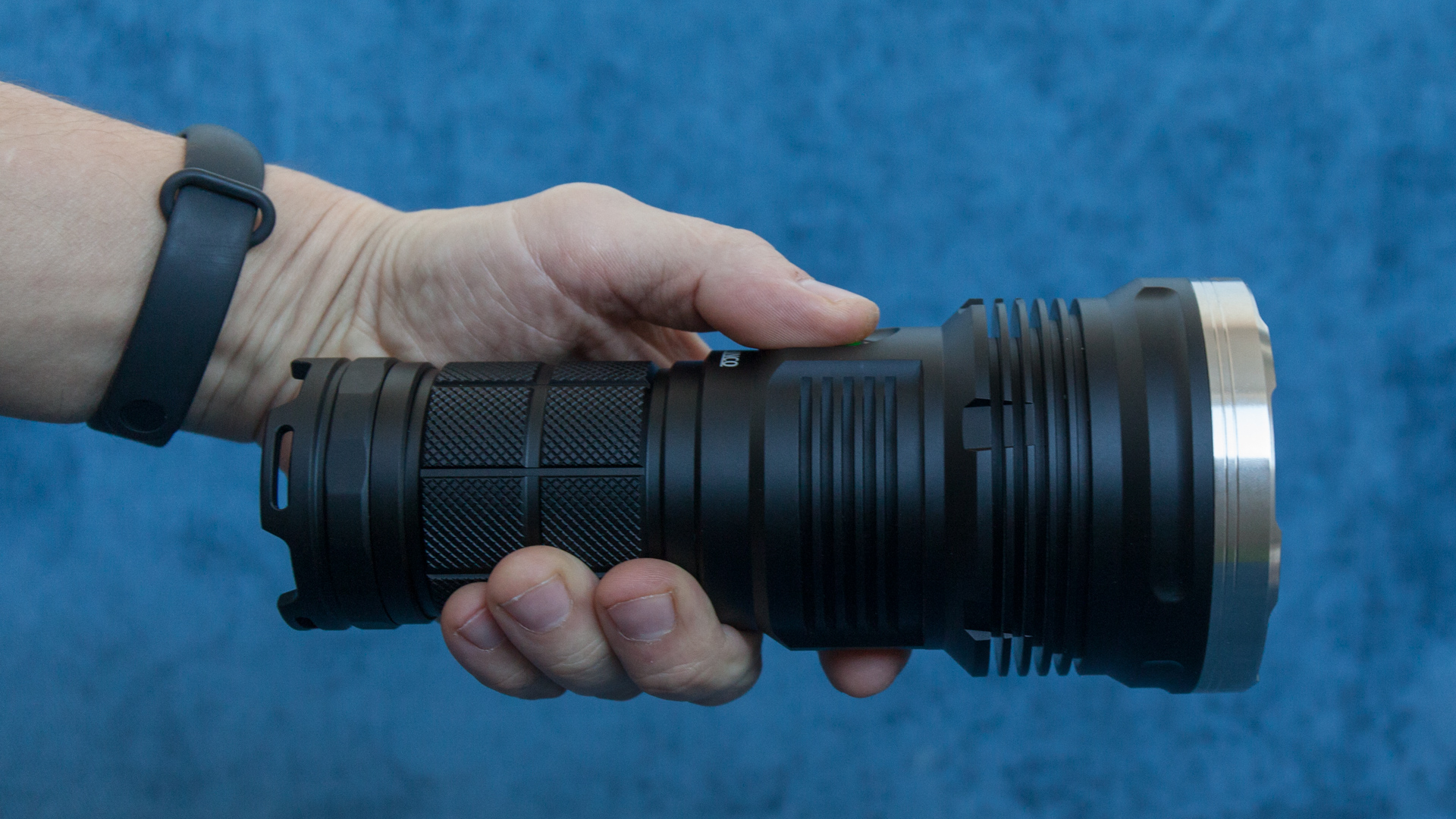
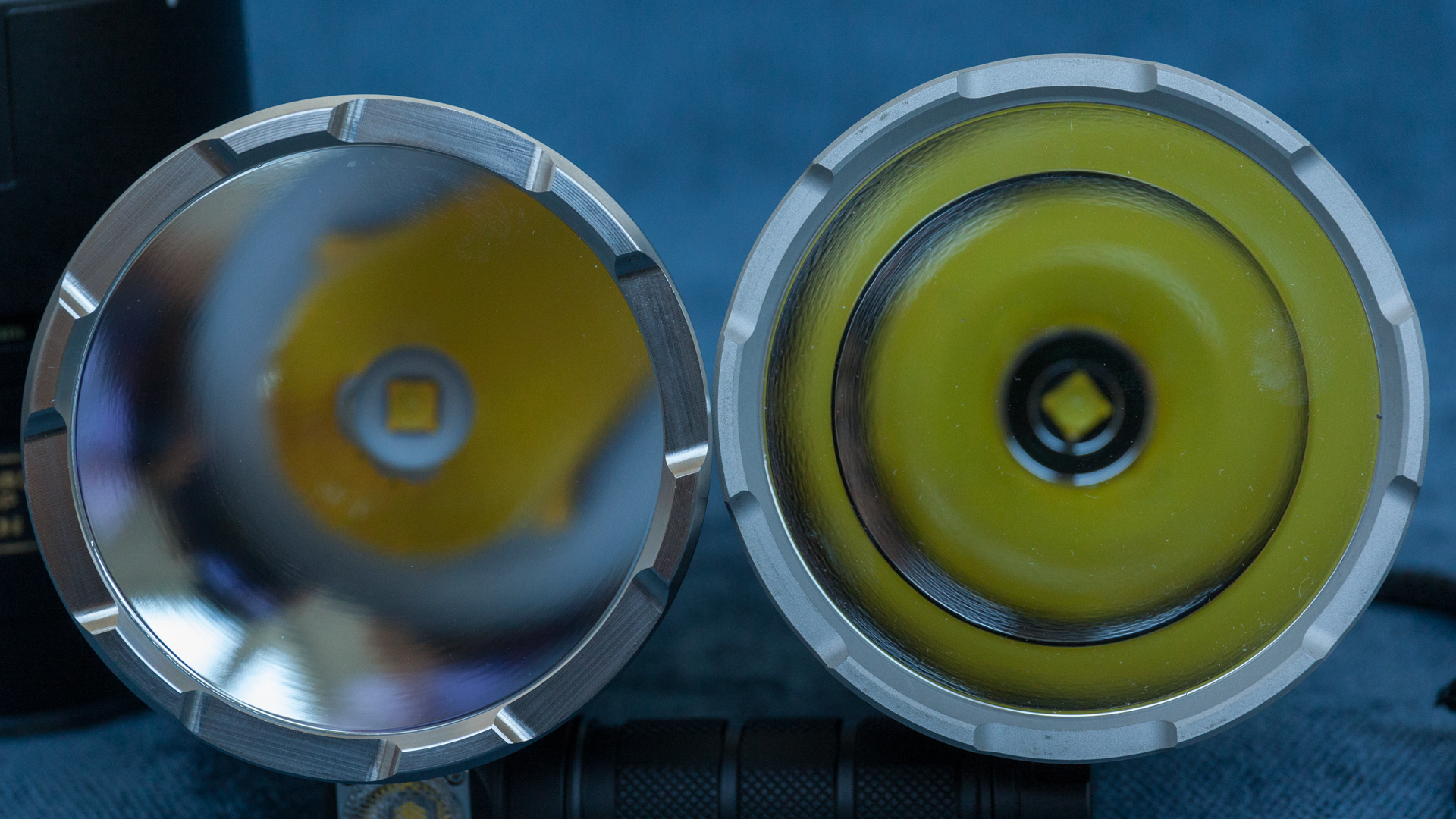
Well, that`s all buy now. if i forgotten to mention something - pls write in comments.
Hope this text explained all the basic thing you have to know to choose flashlight according to your needs. I will work on this text and add some thoughts i may missed.
